Last Updated on: 10th August 2024, 11:56 pm
Indoor skiing, history and culture, ice and snow sculptures, local food, and ice cream: here are all the things you can do in winter in Harbin, China.
Located in the far north east, Harbin is a city in Heilongjiang province in China. Heilongjiang is the food bowl of China, producing the vast majority of crops and produce in China.
<iframe src="https://www.google.com/maps/embed?pb=!1m18!1m12!1m3!1d178156.57652630343!2d126.65202140000001!3d45.75722995!2m3!1f0!2f0!3f0!3m2!1i1024!2i768!4f13.1!3m3!1m2!1s0x5e4364f8a6641461%3A0x5e7c92735aa02cd5!2sHarbin%2C%20Heilongjiang%2C%20China!5e0!3m2!1sen!2sau!4v1723116752630!5m2!1sen!2sau" width="600" height="450" style="border:0;" allowfullscreen="" loading="lazy" referrerpolicy="no-referrer-when-downgrade"></iframe>In particular, there is an area there that produces the delicious Wuchang rice, named after the location it is grown in. The name ‘Hei Long Jiang’ means ‘Black Dragon Lake’, and the local legend is that there was once an evil white dragon that terrorised the locals. Eventually it was defeated by the black dragon, so the province is known as Black Dragon Lake. However, there really is a White Dragon lake, but in a different province.
Being so far north, the area is very cold during winter, around -25°C. Far from being a boring frozen land, there is a winter festival every year in Harbin, and there is plenty of things for people do see and do if you are brave enough to face the cold. Heilongjiang is also close to Russia so Harbin has a significant amount of Russian influence, which is evident in the architecture, street scenery, and restaurant options.
Ice sculptures
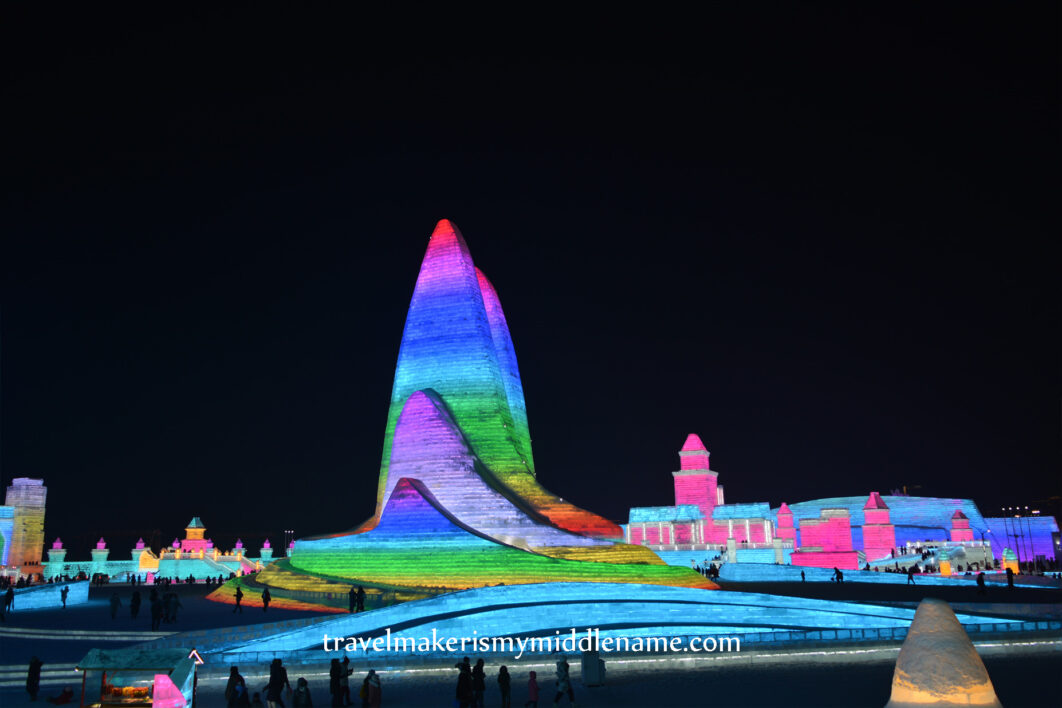
Rather than hiding indoors, local and international teams alike embrace the extreme cold, by harvesting ice when the local Song Hua River is frozen, and build giant, life-sized structures with them. Visitors come to see the amazing structures, which change each winter, in fact, the ice and snow sculptures are THE main thing people come to Harbin in the winter for, it is practically the official winter attraction for Harbin.
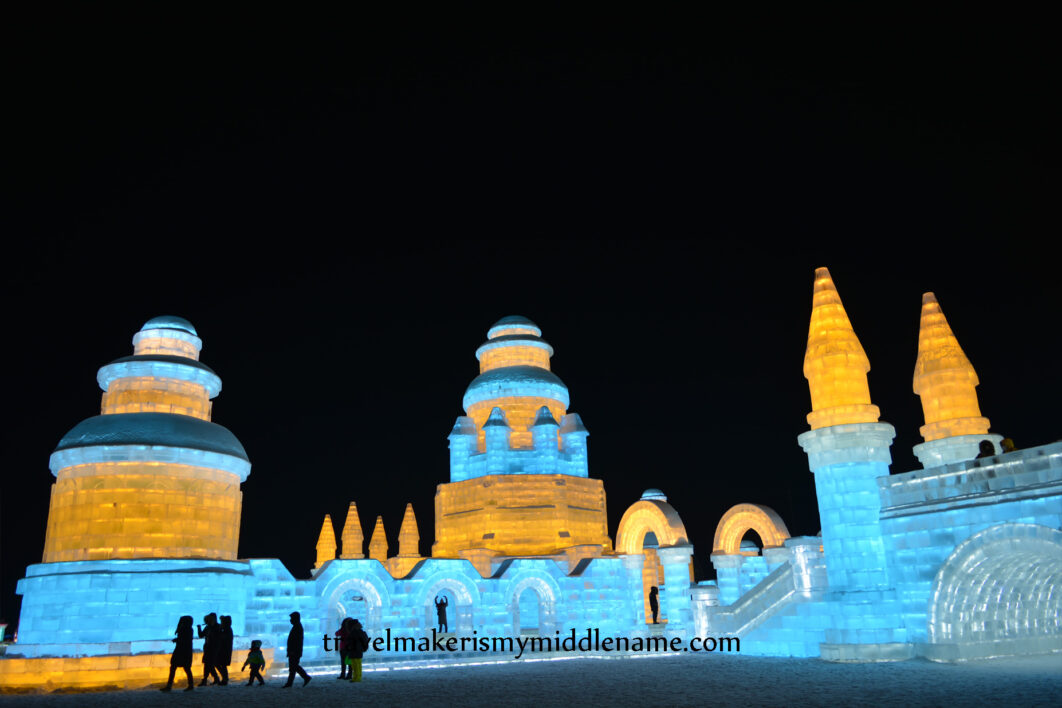
While there are small ice sculptures generally all over the town in various parks and even on the street, the largest ice sculpture exhibit is called the “Ice and Snow World” (冰雪大世界 Bing Xue Da Shi Jie) which is a little misleading because there is another outdoors exhibit very close by, a snow sculpture exhibit, simply called Sun Island, after the park it is on.
The exact dates of the exhibits each year depends on the weather, but is on between December to February. If it gets too warm, like around 0°C, then the exhibits might have to close because if any part of the ice buildings melt, it might break apart and fall, and this is dangerous. In 2019 and 2024 it closed a little earlier than usual year so by the last week of February, the ice sculptures were closed. I was told that in the 2018, it went until the first week of March. Because the exact duration of the ice sculptures is not guaranteed and weather-dependant, mid of December to January is the best and thus most popular and peak season, since this the middle of winter and the ice sculptures are guaranteed to be on.
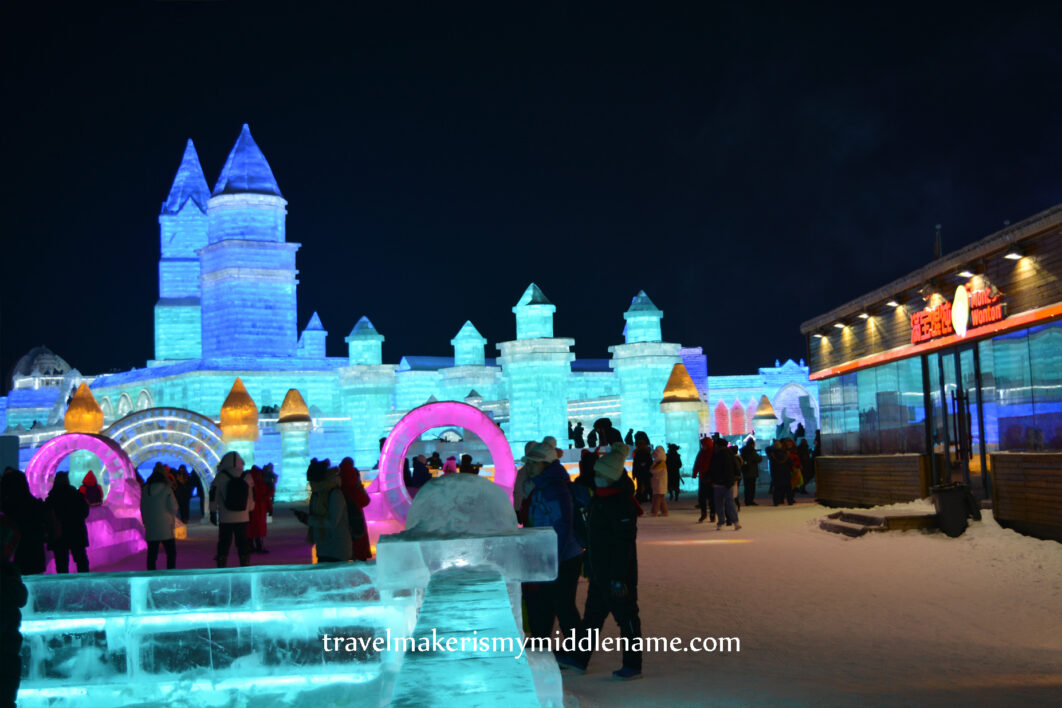
Being so cold, it’s basically a deep freezer, so the ice and snow sculptures exhibits are safe outdoors as long as the temperature stays cold (~ -20°C). With the sky as the limit, some are the size of full buildings and really magnificent to see even during the day. At night the lights turn on and becomes a metropolis made of ice. There are even slides you can go on, made of course, of ice.
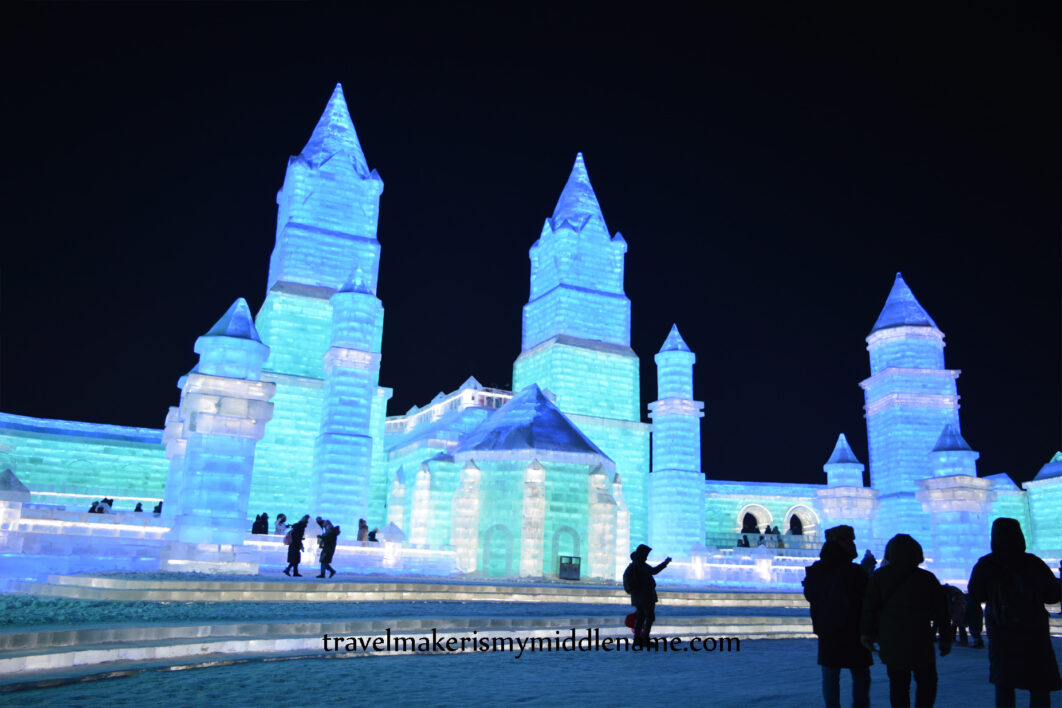
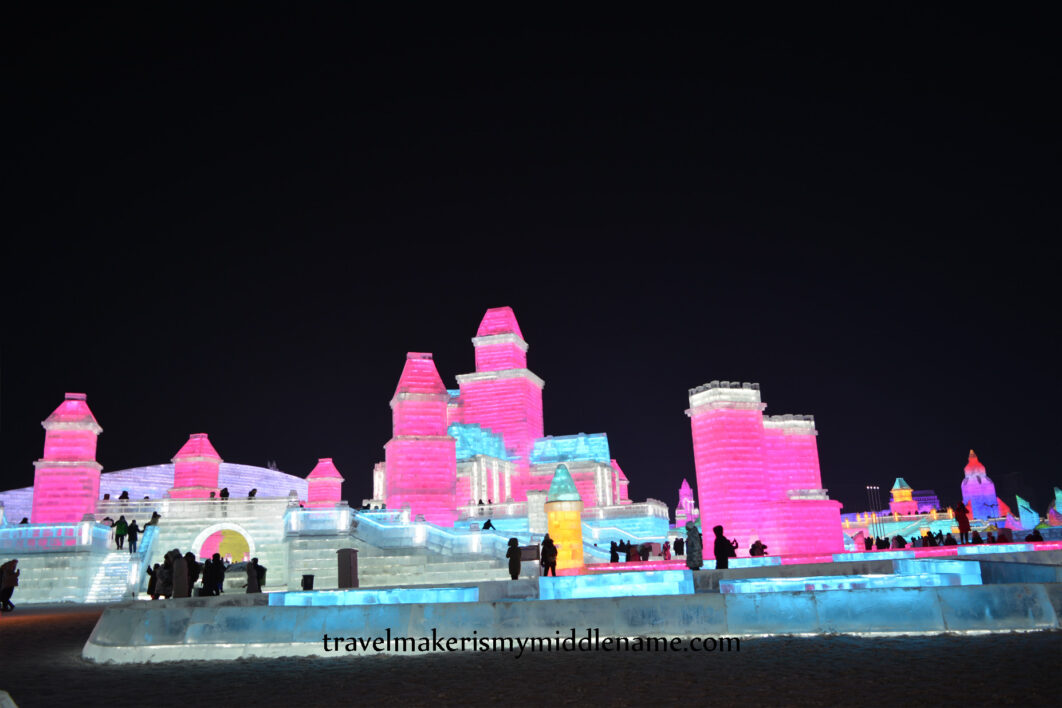
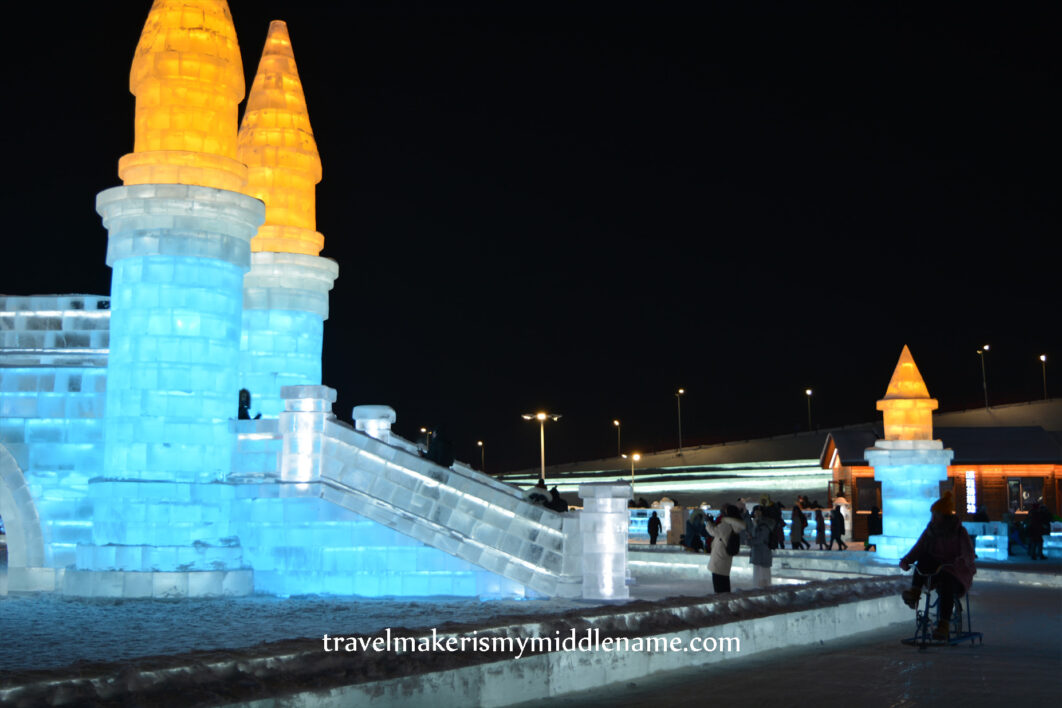

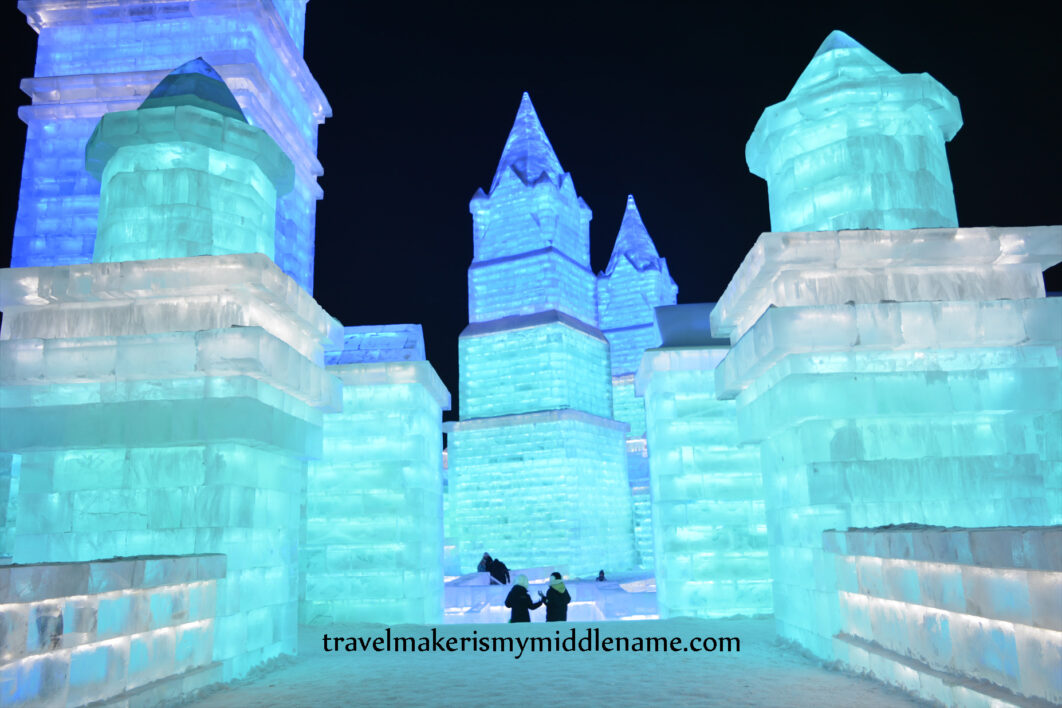
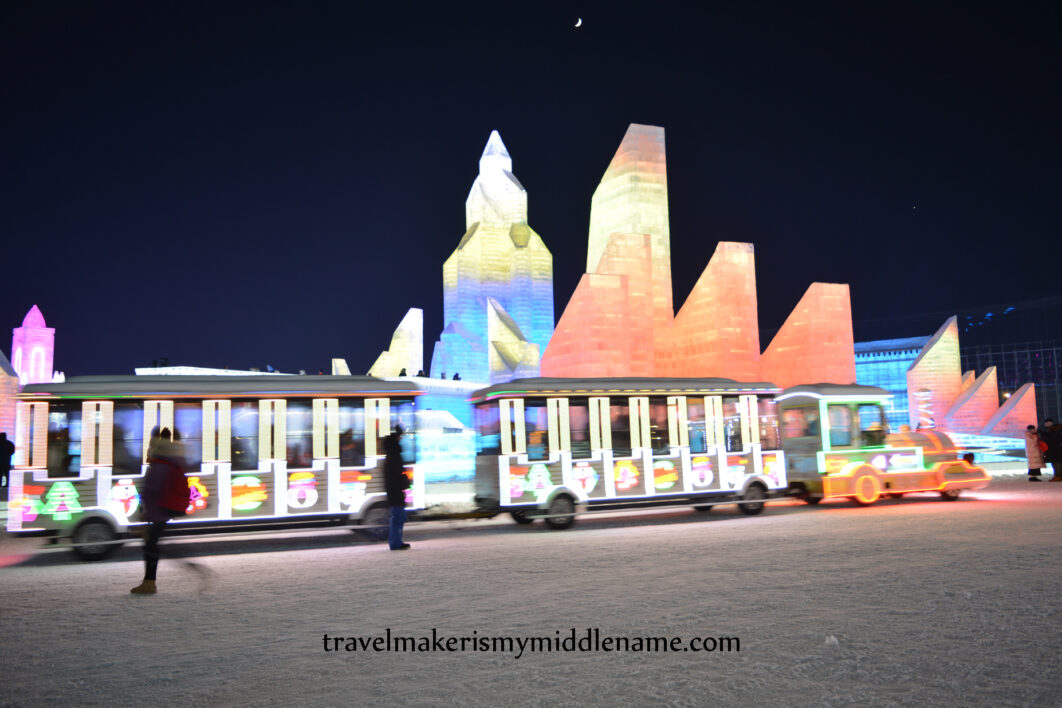
The ice is taken from the local Song Hua river and has a pretty blue tinge to it. Each ice block is painstakingly cut from the river on four sides, similar to the one shown in the photo below, as deep as the ice is thick, then taken out with a crane. The dangerous nature of the job is reflected in the entrance fees for the competition – the workers risk their lives getting the ice when they drill into the frozen lake, standing directly on it.
In December 2019, the entry price was 300 yuan per person.
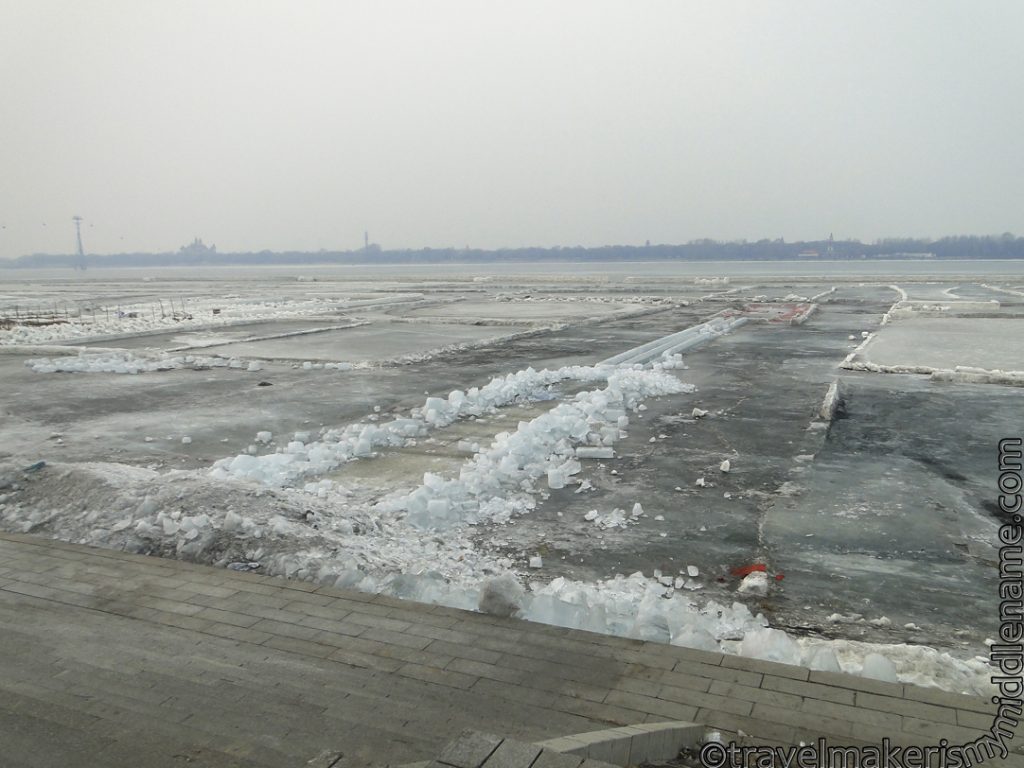
Snow sculptures on Sun Island
Sun Island hosts all the amazing and gigantic snow sculptures. I learnt that the snow is man-made snow because real snow is neither plentiful, clean nor sticky enough to be packed together and carved. So the snow sculptures are made of man-made snow and a suitable glue. They are also made by international teams and some of the sculptures were quite large and took a week to make.
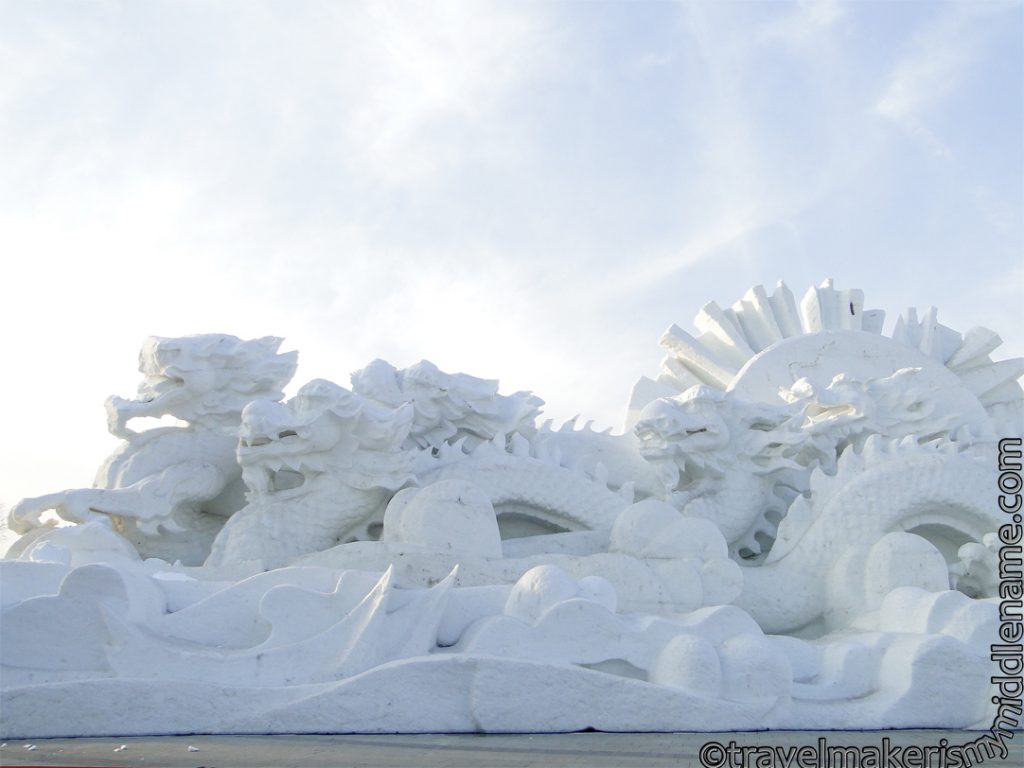
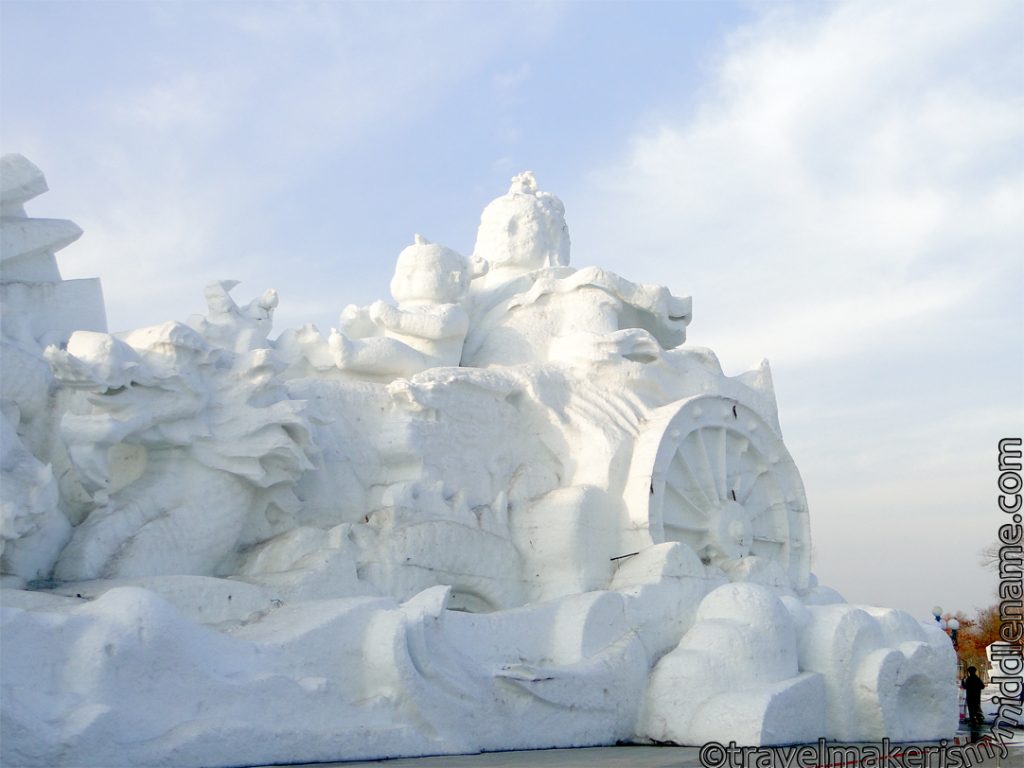
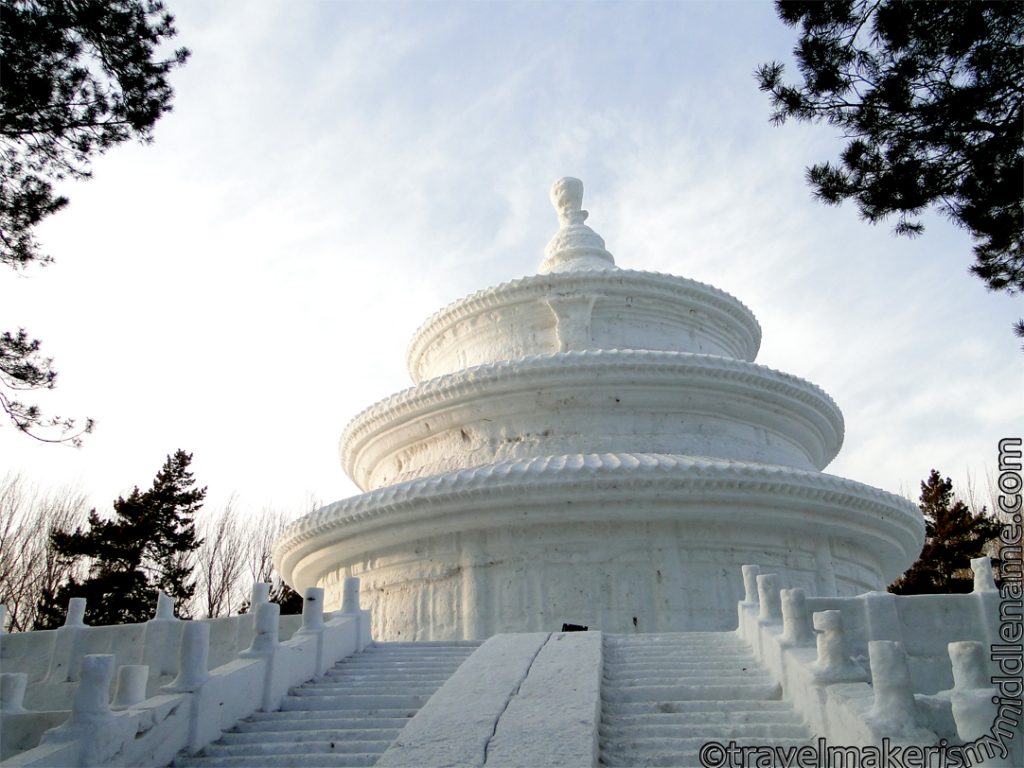
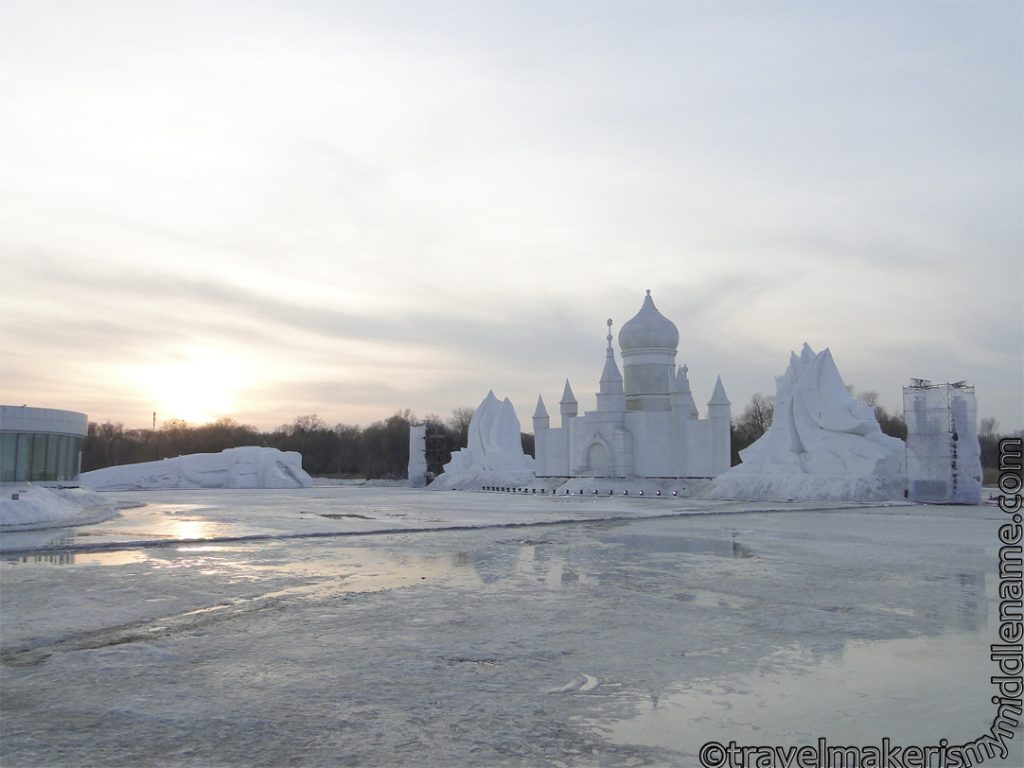
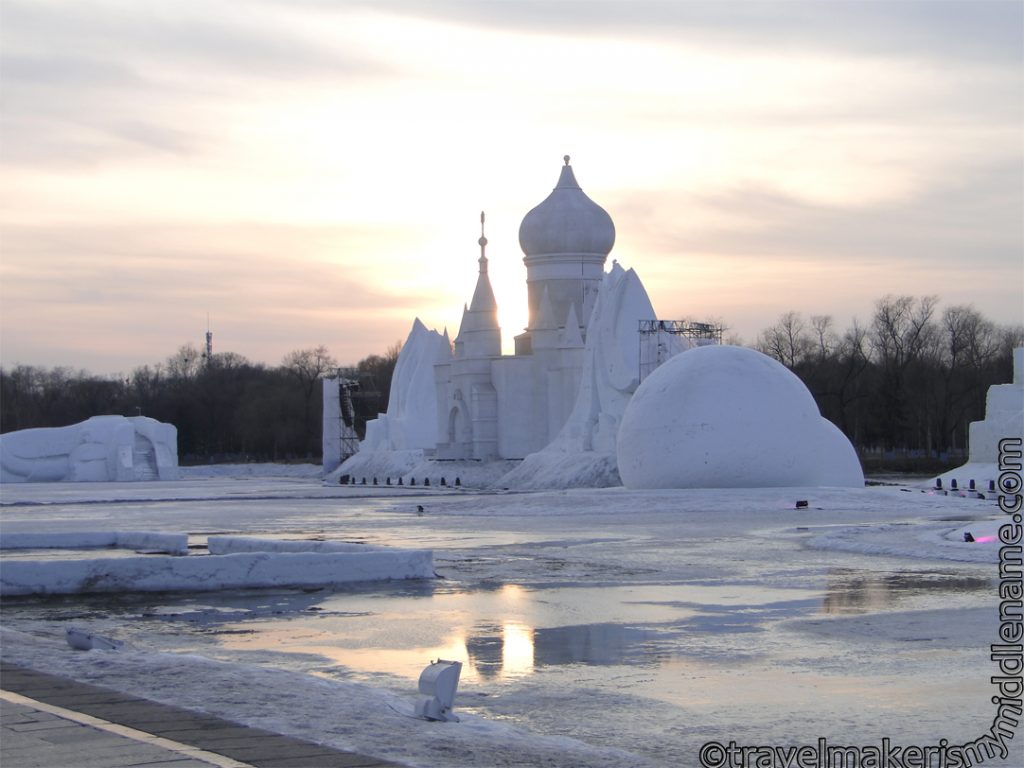
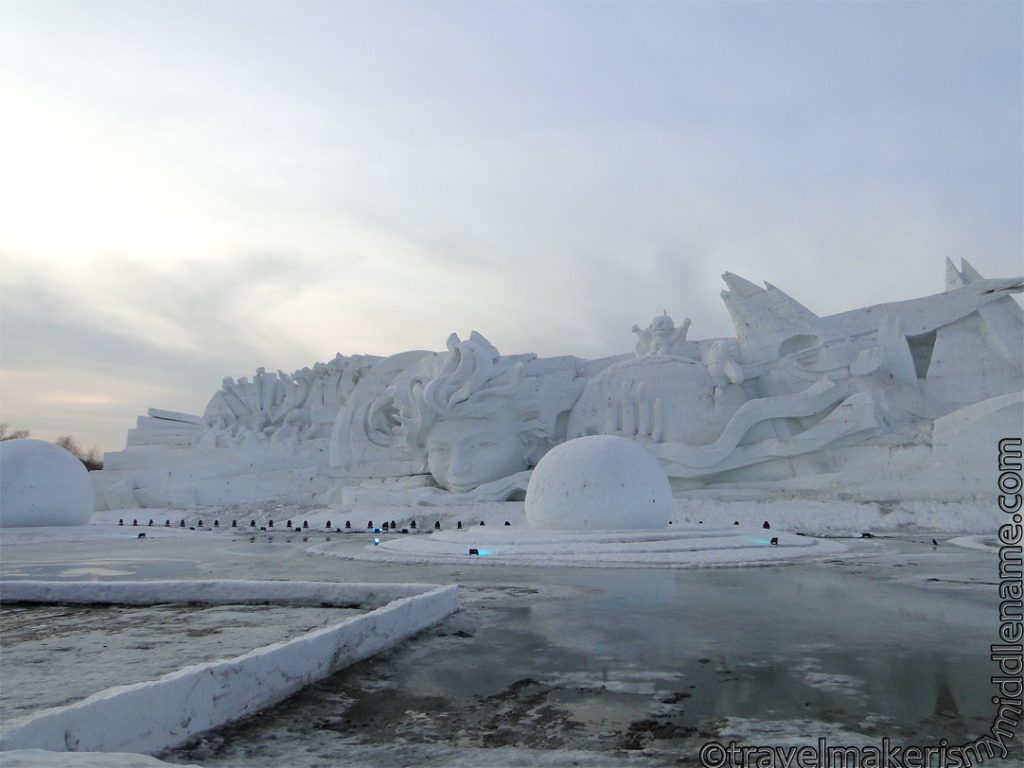
There are also various shows in the park, and at night the largest sculptures are lit up with laser lights. Here are some photos from the laser light show, taken on the last day. My camera stopped working so these are from my phone, but they looked a lot better in person. They were taken from both inside a cafe, and outside.
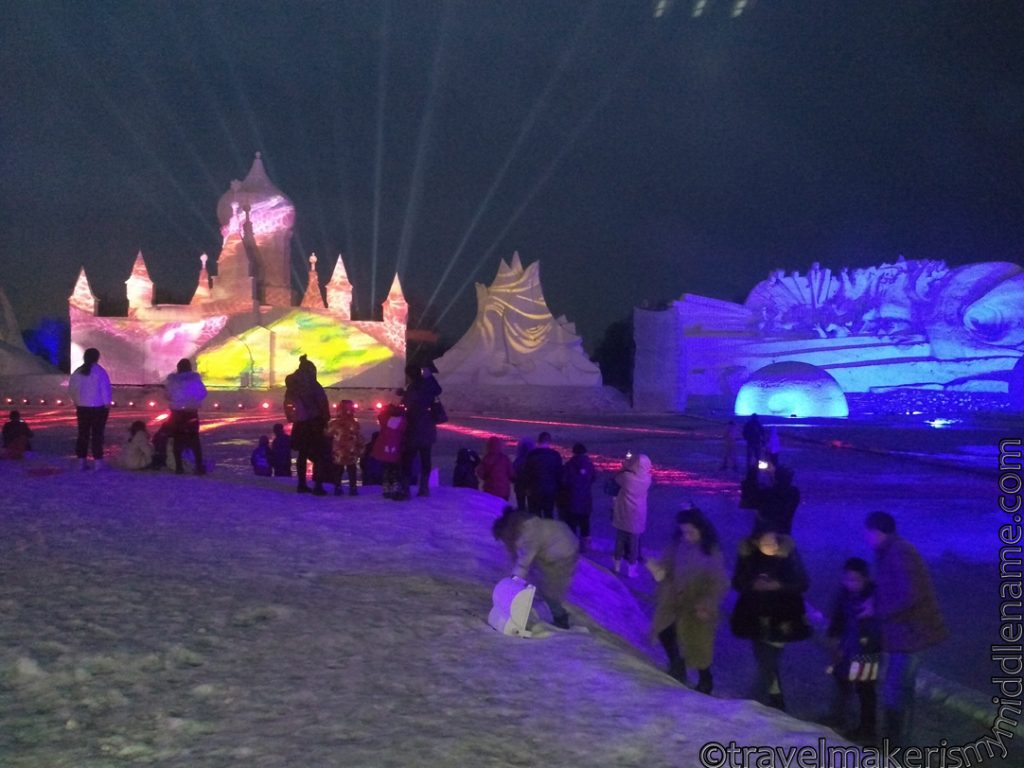
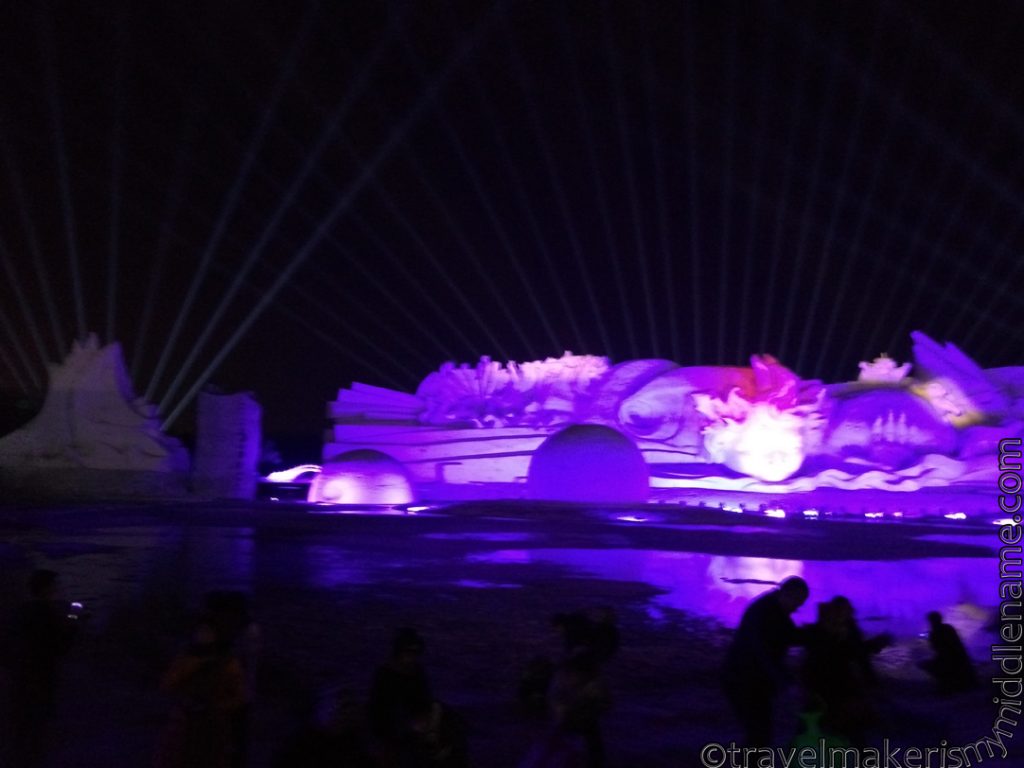
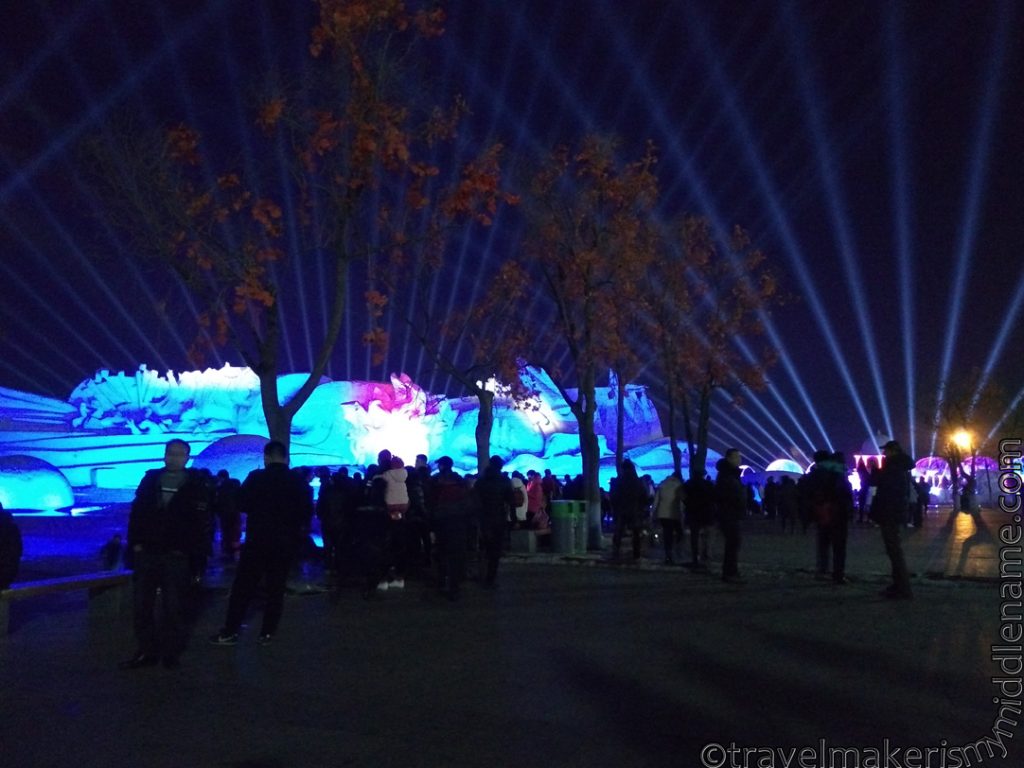
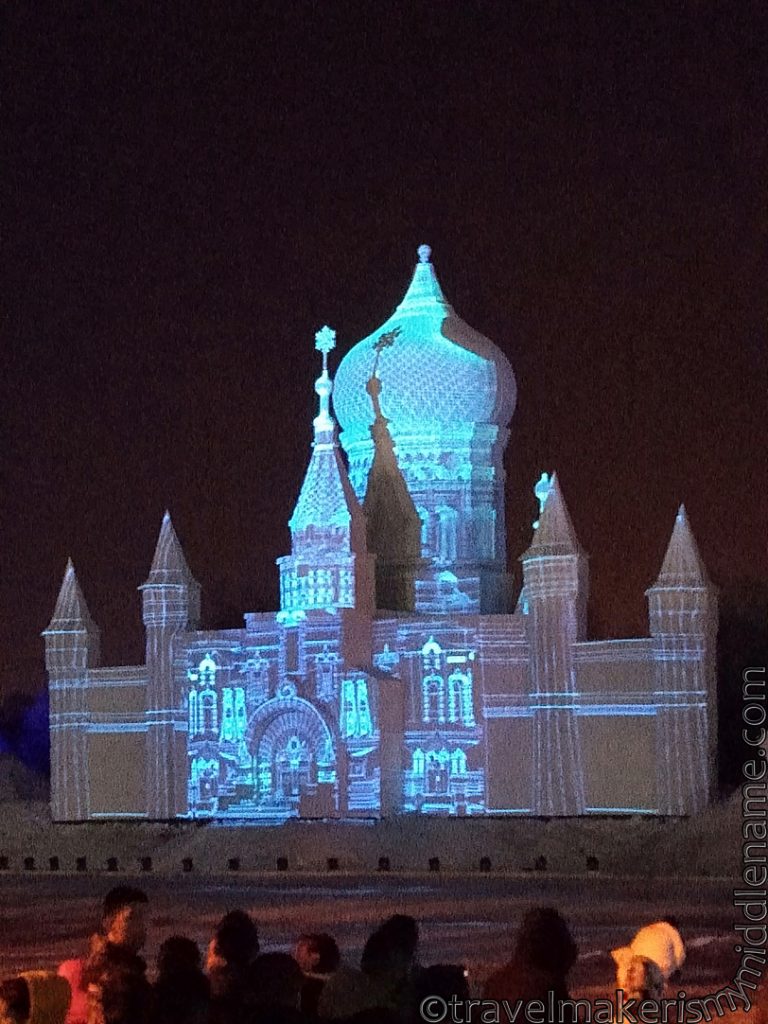
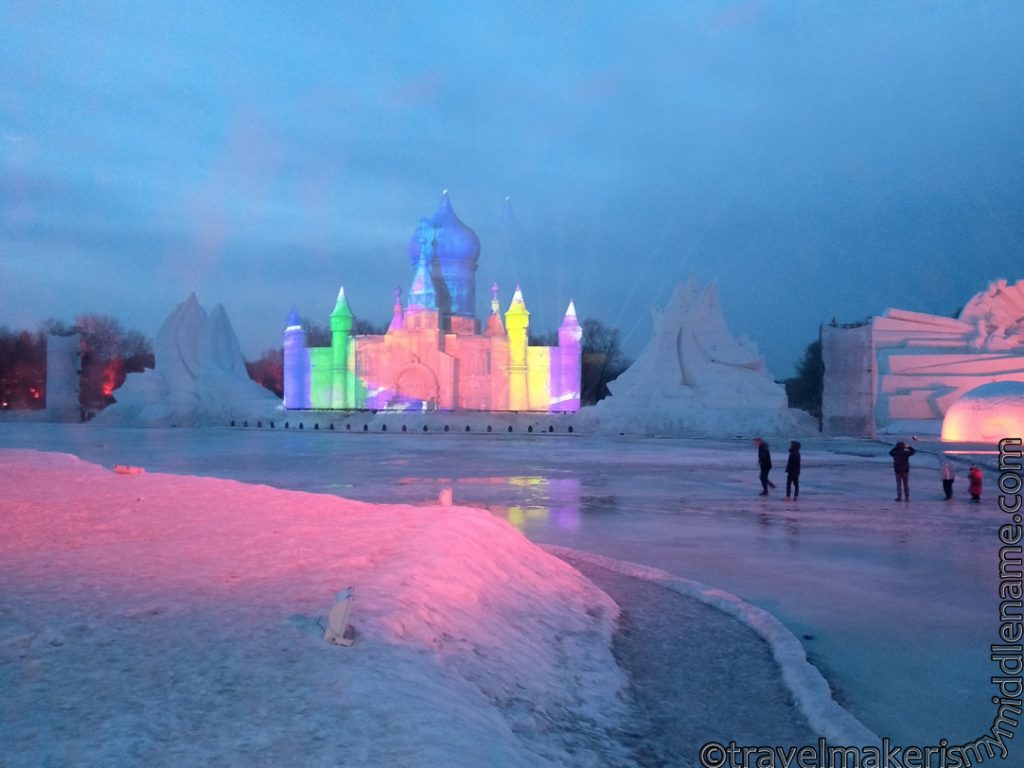
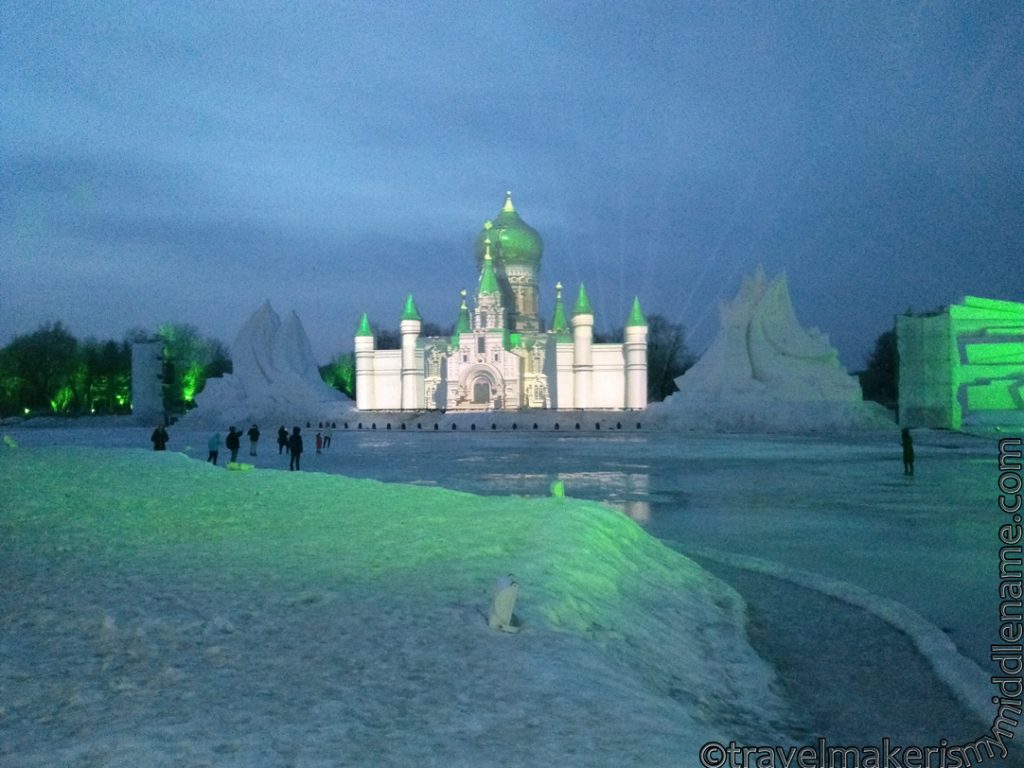
The ice sculptures are life sized sculptures of buildings, bridges, stairs and other structures that visitors can walk over. There are also rides, like slides made of ice that you can slide down with a rubber donut ring.
Indoor ice sculptures
If you missed the outdoor ice sculptures, there is an indoors ice sculpture place that opens after the official outdoor snow sculptures closes towards the end of the winter season, and is located in a temperature controlled building in the same Sun Island Park. This one is open all year round once it is up and running. I went on the first day so some sculptures were still being made.
It was only -12°C which, compared to -29°C (which is what it is in the middle of winter during peak ice sculpture and winter season), is a lot warmer, but still very cold. The warmest day time temperature outside during my visit was most around -9°C, so wasn’t too bad, and felt a lot warmer, especially in the sun, when I left the -12°C indoor environment, which is pretty unique and something you won’t experience in the middle of winter. It actually felt warm after I left the indoor ice sculpture place. It is inside a separate building in the same park the snow sculptures are in, and you take a shuttle bus fro the entry to it. There are no toilets or anything in that building so make sure you go before hand.
Once you go inside the doors to the actual exhibit, you can’t come out and go back inside, ie there are no pass outs.

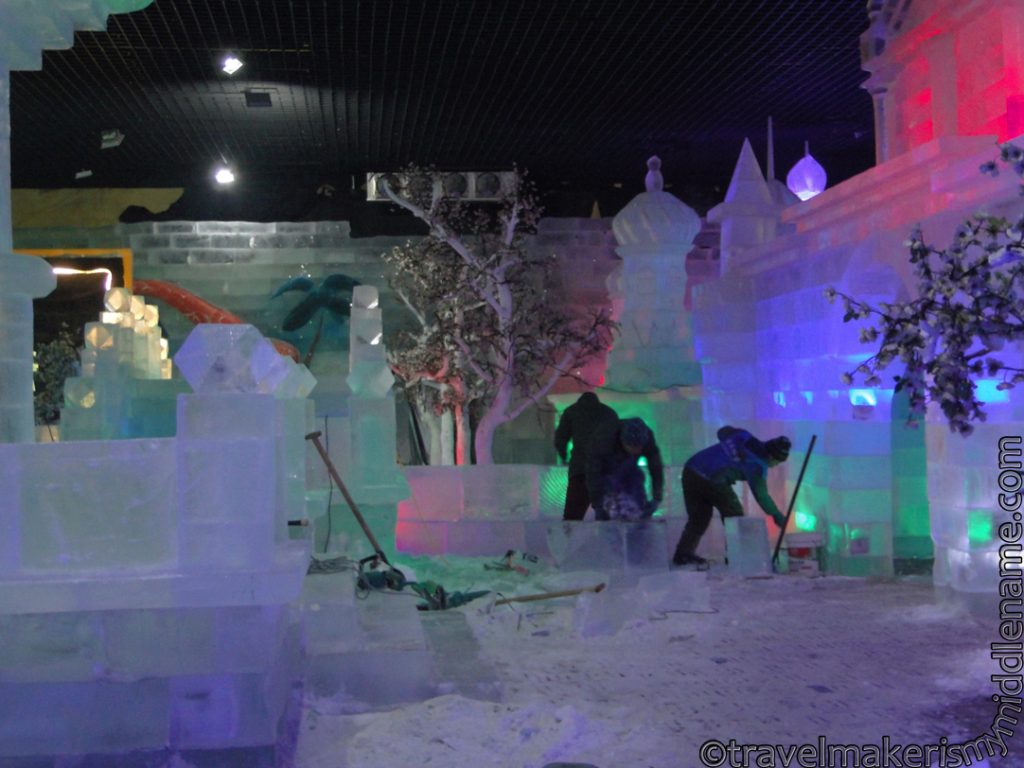
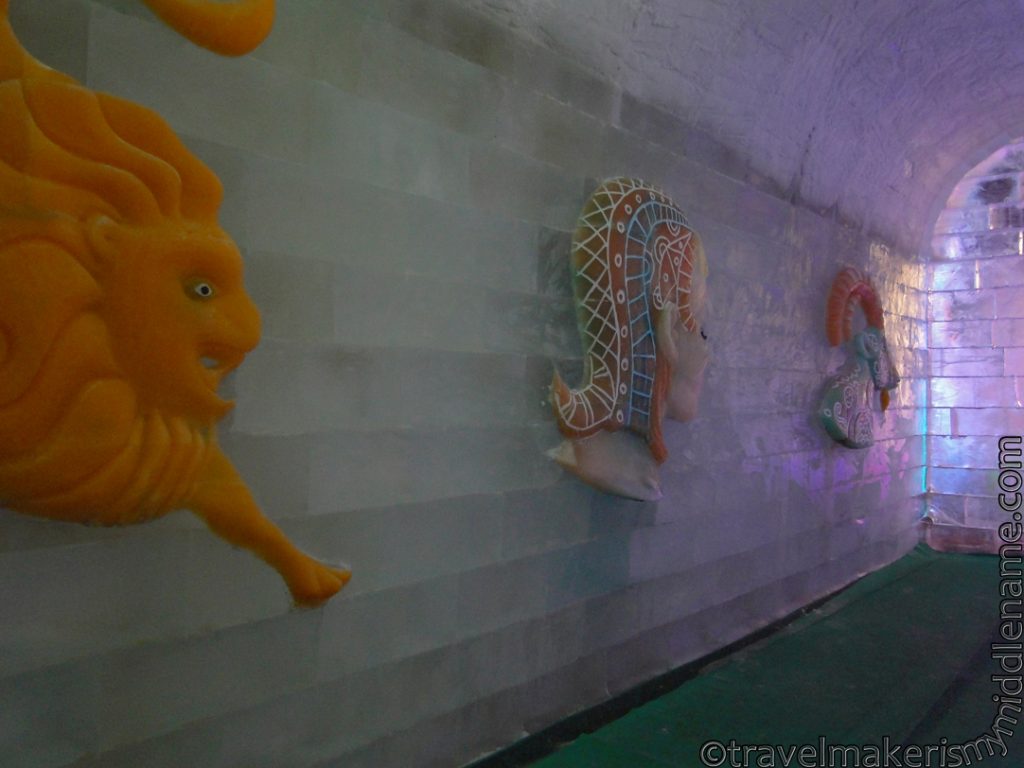
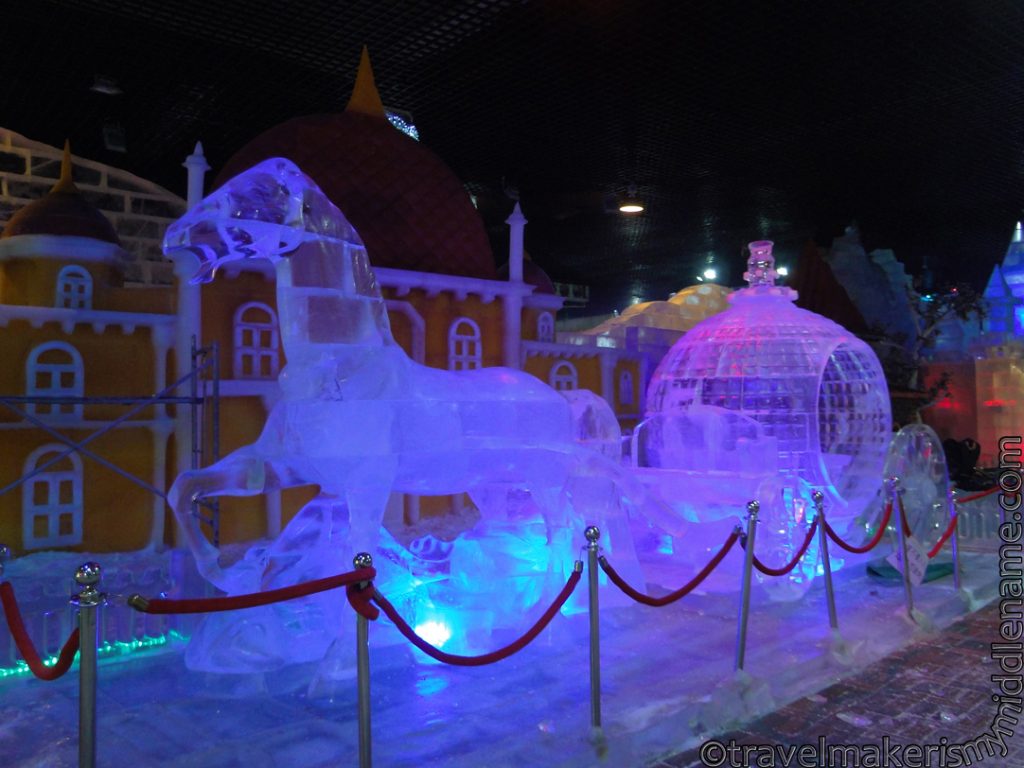
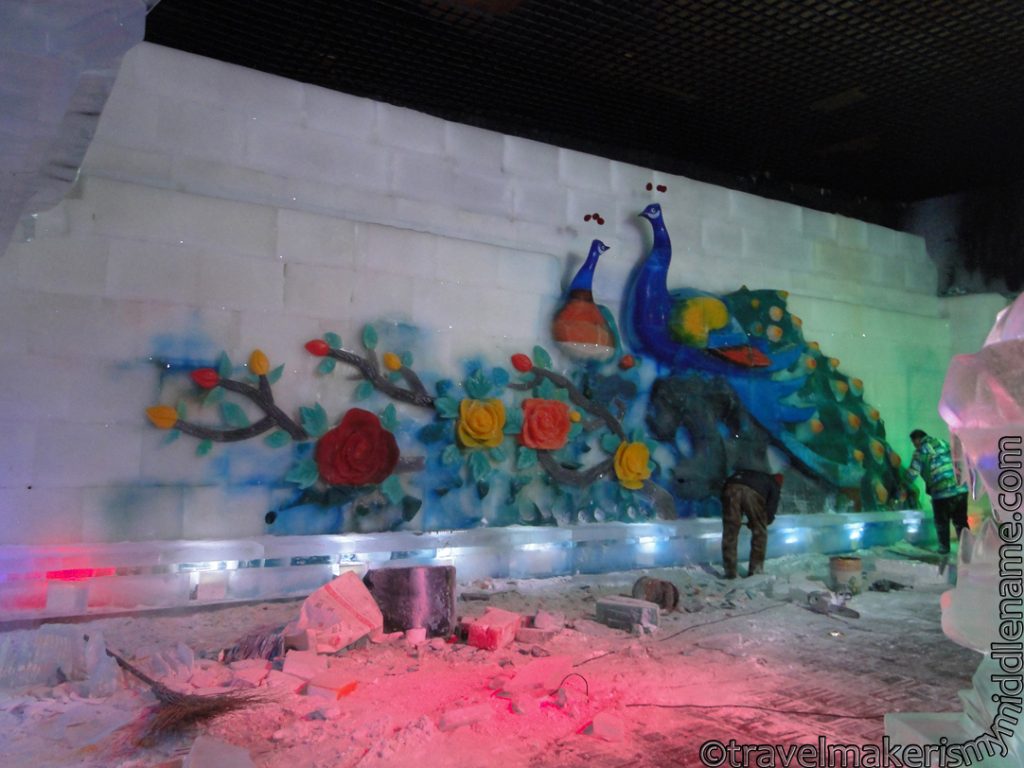
WHEN TO VISIT FOR THE ICE AND SNOW FESTIVAL
The festival is on between end of December and February. End of December is apparently when the exhibits start officially, but the exact date varies, and January is the peak time. This is also when airfares to Harbin, whether international or domestic, is at the highest. I saw $1300 return flight from Sydney that was the cheapest in January. Mid January is school holidays season so prices go up and hotels get booked out.
A local guide there said the price (in value) is the same domestically within China and probably harder to get due to Chinese New Year. End of January and beginning of February is Chinese New Year, and mid January is school holidays, so expect large crowds during first half of February at the very least. During January peak times, you will have to line up for hours to go on the rides in the Ice and Snow world, so bring a friend, a book or something else to do while waiting. I asked the guide that I heard you might have to wait more than 2 hours and she promptly corrected me saying, not “might, you WILL wait more than 2 hours, and it’s 3 (or more) hours, not 2.” Yikes. It will also be really cold in January, -25°C or colder. If that doesn’t sound appealing, you can go later like I did, save up to 50% on your flights and skip all the queues, but risk there being less to see. So, either you go early, pay more, see more and have a better experience but suffer the cold and crowds, or you go late and see less things like I did but not be as cold. I think for a first time there, it wasn’t a bad deal at all.
Trips from Harbin
Yabuli
Yabuli is a ski resort. Since I am not a skier, I didn’t go there. It is about 300km from Harbin and there are many tour agencies that offer tours and transports there. Yabuli will typically not be a day trip unless you are really pressed for time – while some tour companies offer Yabuli as a day trip, they do this because you have to leave early in the morning, and come back to your hotel in the evening, while your time in Yabuli and actually skiing (stay for around 2 hours, plus have a quick look around before returning back to Harbin) is limited, so your day is pretty packed. Considering your travel time will be more than the time staying at Yabuli, this might not be worthwhile.
Snow Town
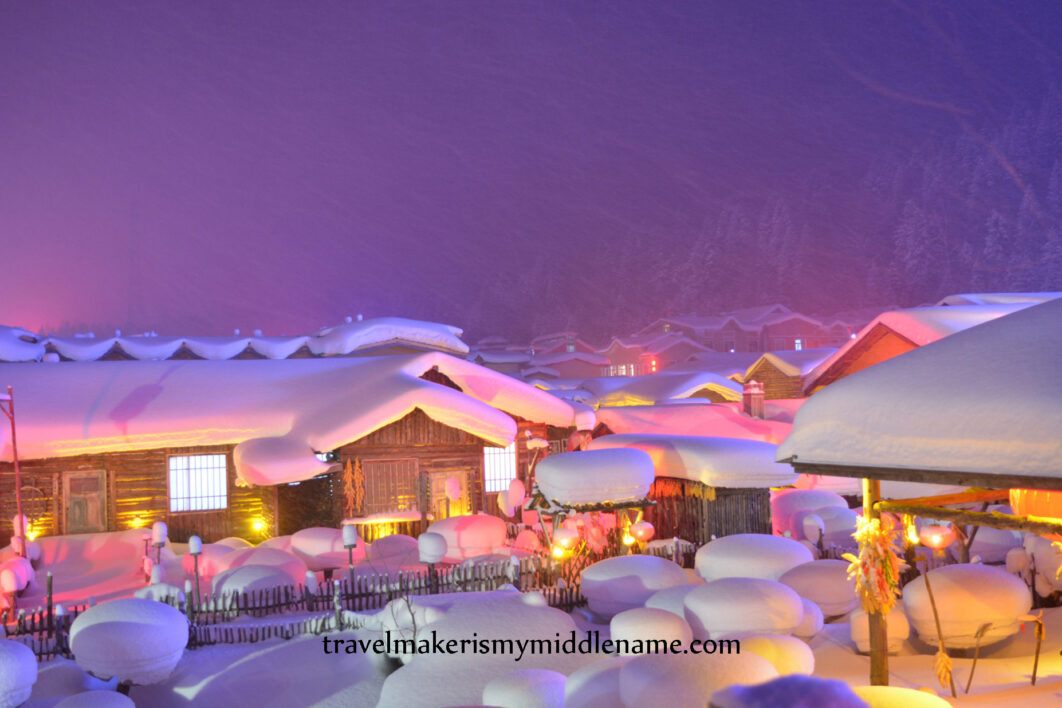
Snow Town is a small, scenic village in a mountain 280km from Harbin, and is a highly popular domestic tourism destination. Because of the booking platforms and logistics of going there, visitors tend to need to join a tour group, and the destination is only known within China to domestic tourists.
Because it is winter, even though it is only around 300km away, a visit to Snow Town involves an overnight stay. You can try local street food like hot roasted sweet potatoes in the snow, sticky steamed rice buns, and frozen local fruit.
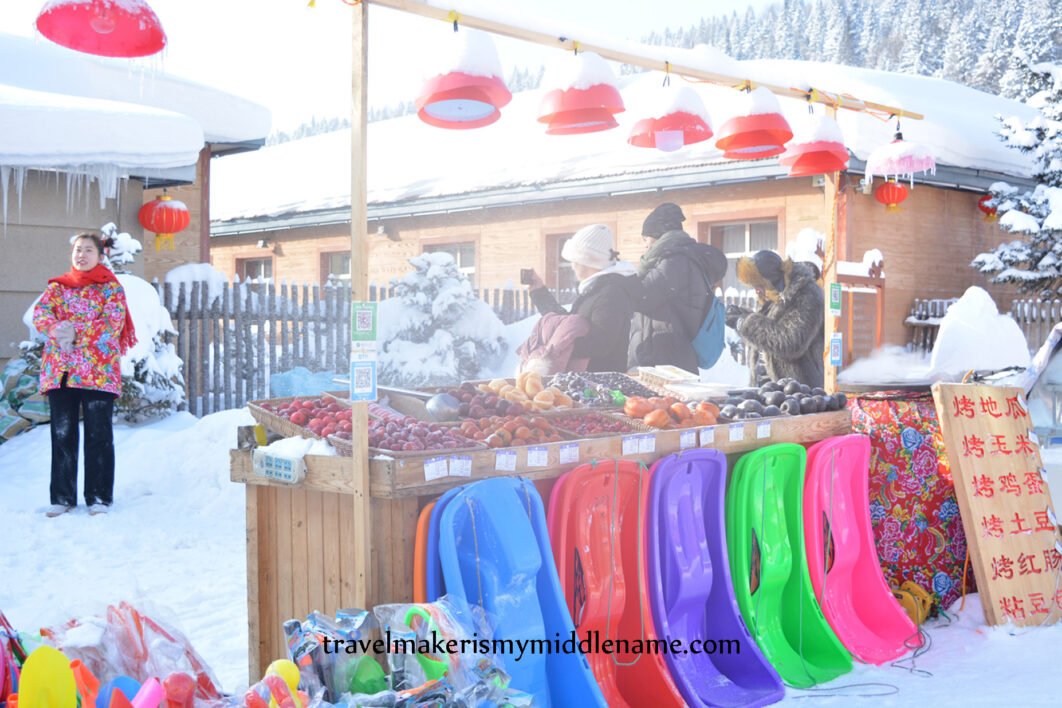
Luckily for you, I have worked together with a local Chinese tour agency to provide foreigners English speaking tours. You can find out more about Snow Town here and book it here.
Other winter activities
Skiing is obviously a winter activity. To ski, you need to go to Yabuli as mentioned above or you can ski at the local indoor skiing center.
If you are a first time skier, there really is no need to go to the biggest, fanciest, furthest and most expensive ski park around. Yabuli ski park is that park.
Wanda Indoor ski park
I am not a skiier, so when I was there, I went on the beginner slope.
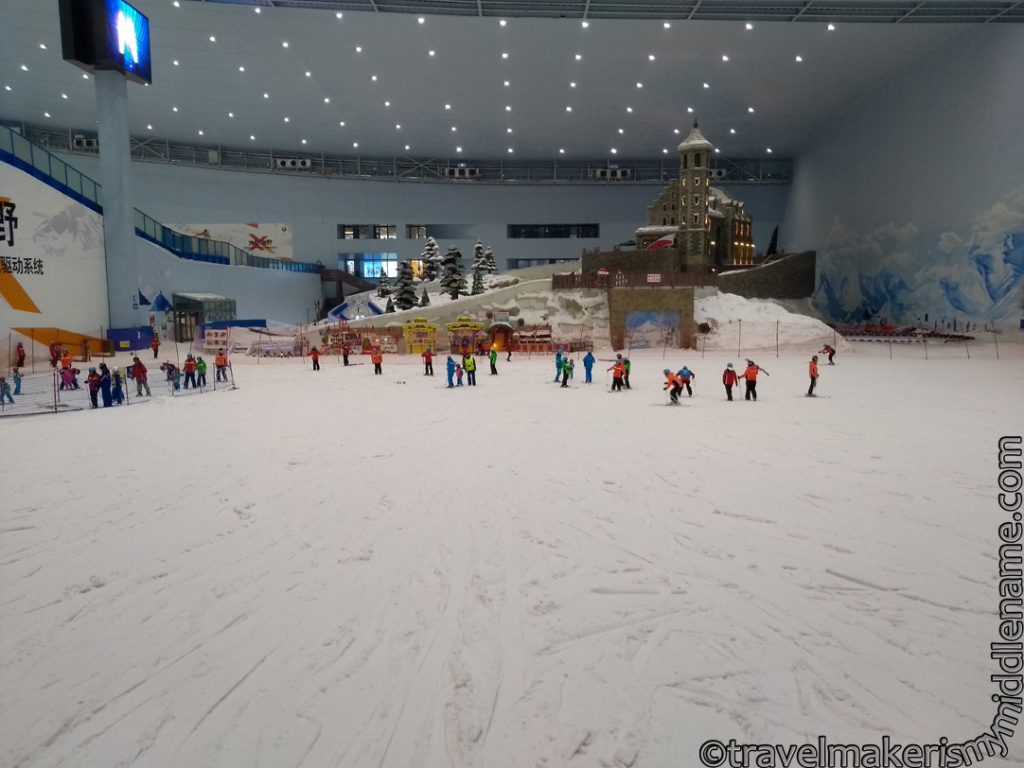
I won’t talk about the price because I don’t remember, plus it varies according to the level of the slope you want to go on, and this is more a review of the facilities.
The ticket prices are time based, mine was 3 hours on the beginner slope. You get an electronic bracelet and a card when you go in. The bracelet is used to open your matching locker (each bracelet is matched to one locker). The lockers are tall and thin and I had a teeny bit of trouble squeezing my bag and winter jacket and shoes in it, and, if you can’t reach the top most locker then there is will be a problem. Better to find your locker first before you collect your heavy and bulky gear, if the location of the locker is a problem, go back and ask them for a different one. The card is used to tap out at the end of your ski. The 3 hours are counted from the moment you go in the barriers after paying. That means collecting and returning your gear is counted within that time.
If you need to do anything, do what you can before going inside. Like, going to the toilet, eating, making phone calls etc. Then once inside, collect your ALL your gear first (jacket, pants, shoes, helmet, skis and poles), THEN put on your shoes LAST. Annoyingly, the gear are separated into sections, so there is a different desk for the shoes, jacket, pants, helmet and skis/poles. The clothes and shoes are close to the entrance, but the helmet and skis and ski poles are elsewhere inside. I collected and put on my clothes and put on my shoes then found it very difficult to move in them to collect the heavy skis and helmet. I had help to put them on, so I wasn’t about to take them off and risk not finding someone to help me put them on again. So, moral of the story is collect everything first, put your shoes on last, it will be faster and more comfortable. When you get back inside, take off your ski shoes first, then everything else would be much faster.
At the time of my visit in February 2019, I found customer service inside to be a little unhelpful and lacking in English information, but this may have changed. There was free wifi though that did not require a local SIM card, which is a rarity.
The ski park is inside a shopping center, and even there, people approach you asking if you need gloves or if you are going skiing and that they have cheap tickets. Just a heads up.
My experience as a first time skier
Packing too much into your itinerary is just too tiring and leaves no buffer time for any unexpected events. If you are a first time skier, take note of the following things:
Ski equipment is heavy and moving around in them is very hard work.
The shoes are stiff, hard plastic shoes that are very hard to put on and even harder to take off, like ice skating shoes but without the blade. You are also given a set of ski poles, they are light. You will need to change into your shoes and clothes inside the change rooms (cause where will you leave your stuff if you do that outside?) which means you need to walk from the change rooms to the actual ski spot (not the first patch of snow you come across) in those stiff plastic shoes, carrying your heavy skis. The heavy skis are supposed to be around your height, so this is hard. Walking while being unable to bend your feet is hard, whether indoors on flat surface, or in the snow. Possibly worse in the snow because the snow gives way when you step on it, and how deep you sink depends on the depth of the snow. It was a big struggle to do all that in my helmet and ski clothes, and it took me a good 15 minutes to get from the lockers to the snow outside, even though it was a mere 50 metres or so, that was how labour intensive moving around with the shoes, clothing and gear was for me. All that work meant I was kept quite warm, so even though I left my gloves in my bag in the locker, I didn’t notice until I fell over in the snow. Once I was on the snow, I still had to walk to the conveyor belt/lift that takes you up the slope, and each step was a huge struggle with the heavy skis, you have to lift your entire leg upwards, bending your knee so your shin is at a 90° angle to your upper leg, and bringing your upper leg perpendicular to your torso, in order to keep the skis on your feet parallel to and off the flat ground. This was a lot of work for me for each step especially since I have some hip problems and can’t actually bring my knee up towards my torso to make the angle between my upper leg and torso less than 90° and even harder when you have a heavy thing strapped to your feet, but no worries, cause if I could manage, I know you can too., you
You need to wear ski clothes outside your normal clothes, so you don’t want to wear a lot of clothes under the ski clothes
If you fall and get wet, that really is game over. Therefore you can’t go skiing in your jeans or normal clothes. You can hire the ski clothes (should be included in your ticket price) or at least have a layer of water proof clothing on the outside. I forgot my gloves and left them in my bag and it didn’t bother me at first because like I said, moving around in the skis was really hard so kept me not just warm, but hot even. So you definitely don’t want to wear a lot of clothing under the ski clothes, because they fit over your normal clothes and once you are outside, you won’t be able to take them off in a hurry. I had on long pants, long sleeve shirt, a knitted top which I took off later, and a jacket. When I did fall over, the only exposed part of me were my hands and my god, it was so cold I thought they were going to get frozen, because it took a while to get up. I did the 30 minute round trip going back inside to get the gloves and had a better time afterwards.
Falling over and getting up again/how to remove your skis
Your skis are supposed to be around your height. Imagine for a moment if your feet were as long as you are tall, and heavy, and you are flat on the ground. How will you get up? I found the best way to get up was to take the skis off, that way you can move your feet around to get up much easier. If you can position your feet, while sitting on the ground, so that the skis are parallel to each other and facing forwards, with your knees and hips bent, you can stand up directly, but moving the skis around is hard when they are heavy, long and you are on the ground. So how you do remove your skis? Thankfully this is easy: simply use the ski poles you were given and stab the release lever behind your heels hard. Don’t be afraid to ask other skiers for help to get up. You will fall over and you will help others get up too.
Remember that gearing on and gearing off takes time.
Harbin to Yabuli takes around 3 hours in drive time alone. BUT, remember that it takes a while to get your gear on, especially if it is your first time. I had help getting my shoes on, even the person who helped me said she gets others to help her when she skis. Also remember that you might want to take unexpected breaks. Toilet breaks, drink and food breaks, all take time, and you might need to gear off for that. The hardest part of gearing on is getting the shoes on. Putting on the skis are actually easy, just put the skis flat on the ground. There is an attachment notch for the shoes, the orientation of the skis is according to the notch: there is one end where you put the toe of your shoes in, then press your heel down hard into the back. So if a tour package says a day trip to Yabuli includes X amount of ski time, remember that might include lining up to buy your ticket (unless tickets were bought ahead of time), lining up to collect your hire gear, finding your locker and putting on your gear, and lining up to return your gear afterwards. A lot of the ski tickets are time based. Leave at least 20 minutes to gear off at the end, plus however busy the line there usually is because you might need to line up to return them.
Must try foods
Ice cream
Despite the cold, if you are visiting in winter, you do have to try the local ice cream there. There is an ice block brand called Modern, named after the hotel that first sold it. It is a local “thing” to eat it in winter. As the saying goes, you should eat it while it’s still warm: the ice block itself is “warmer” than the temperature outisde so you should eat it before it gets frozen any more than it already is.
Of course, you can get it any time. but eating it in winter is a different experience. As the saying goes, you should eat it while it’s still warm: the ice block itself is “warmer” than the temperature outisde so you should eat it before it gets frozen any more than it already is. As someone who dislikes creamy dairy ice cream and prefers gelato, let me tell you this ice block is truly worth it and is a totally different experience eating it in winter. You have to try it if you go there. It’s sold on Central Street in almost all the shops, but the authentic ones are not packaged, since they aremade on site and sold in tubs in the shop window (because no refrigeration is needed due to the natural low winter temperatures). Don’t worry about getting sick because it’s not packaged, I asked the brand manager and he said the shops their make their own on site, and the packaged ones in retailers are made and packaged in factories. Plus at such a cold temperature, there won’t be a problem with food borne illnesses. Look for the 1906 red neon light sign and the small crowd of people lining up to buy ice cream. If you miss it, you can buy it in the Harbin Airport, I saw an official shop after security in the domestic terminal.
Food
Local dishes
The people in north east China is known for their hospitality and is reflected in their food, which is known for their big generous servings. The local north eastern dishes 东北菜, are an entire cuisine on their own.
A local pork dish worth trying is Guo Bao Rou 锅包肉, which is like honey pork, and is a specialty of Heilongjiang.
Since the vast majority of Chinese restaurants outside of China are Cantonese, it is unlikely you would have tried it before, especially if the local Chinese restaurants are not authentic and westernised.
Pork slices are coated in flour and fried and cooked in sugar syrup, and is supposed to be golden in colour. This is a recommended dish to anyone going to the area. It is best eaten freshly cooked and hot.
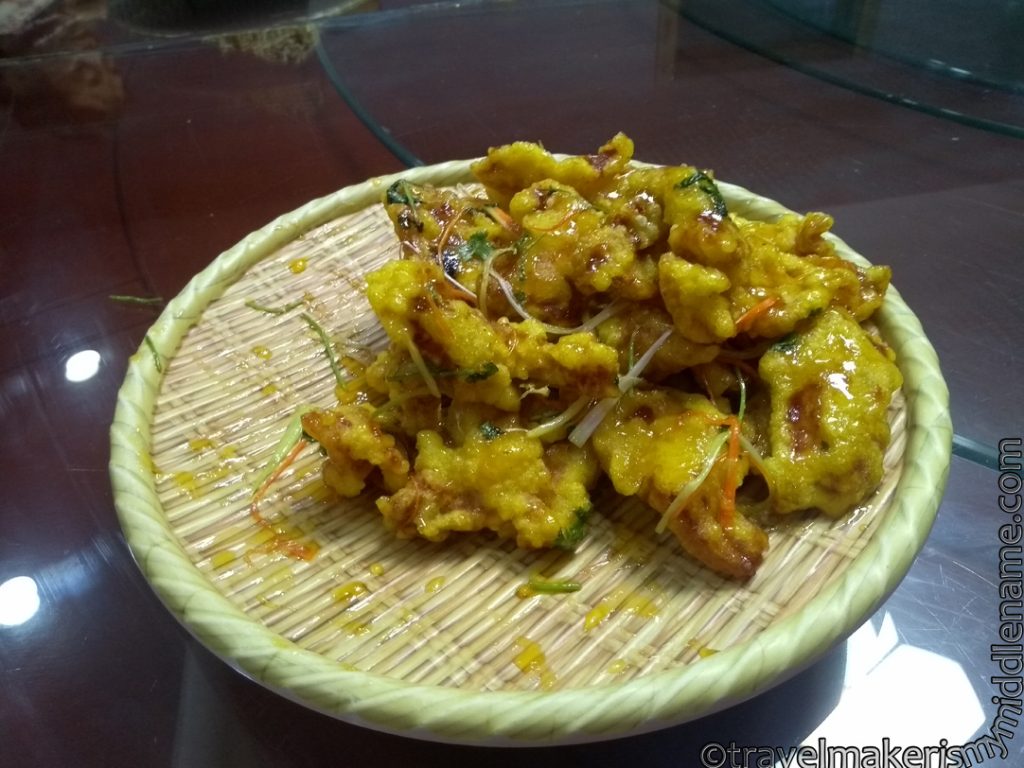
Another dish I tried there was battered and deep fried mushroom. This one came with dipping spices, also good.
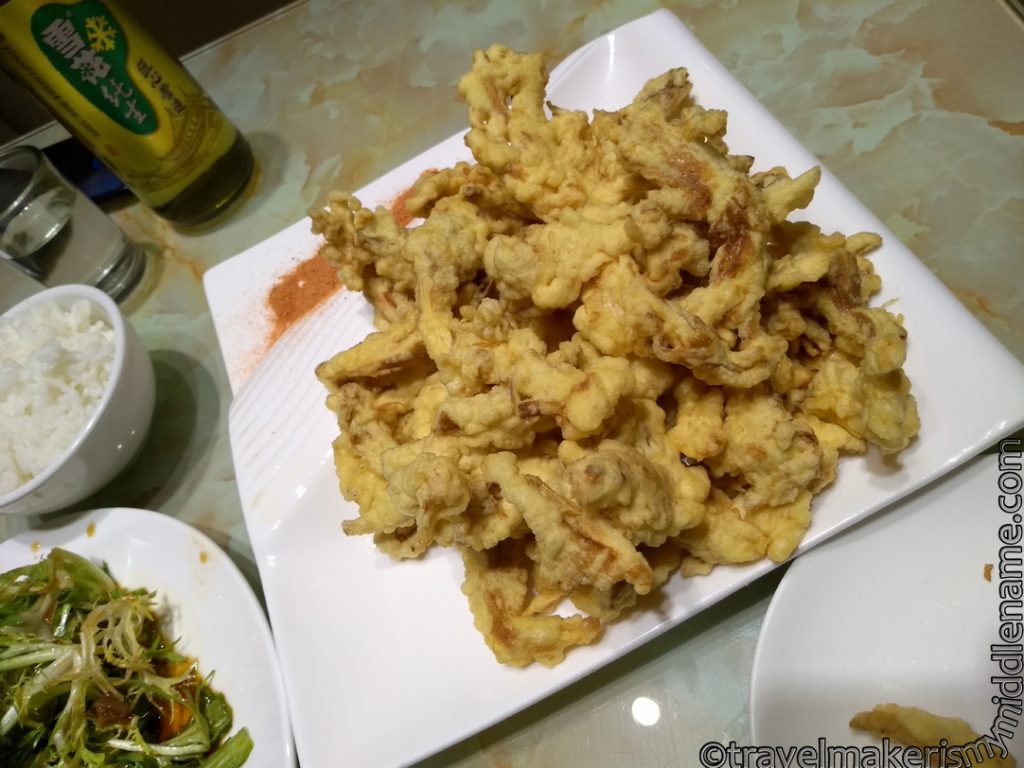
If visiting in autumn (or really any other time than winter), you should find a small restaurant that serves a type of farmer;’s lunch spread that is a specialty of Heilongjiang: toufu sheets, savoury fermented soy bean paste, and large spring onions. The bland toufu is flavoured with the deliciously savoury soy bean paste as a spread, and further enhanced with spring onions and fresh vegetables, typically cucumbers which provides crunch and a juicy, refreshing experience to contrast the savoury paste. Unpretencious, simple and delicious stirfries are served with soft, thin flatbread. This combination offers the local produce at its best.
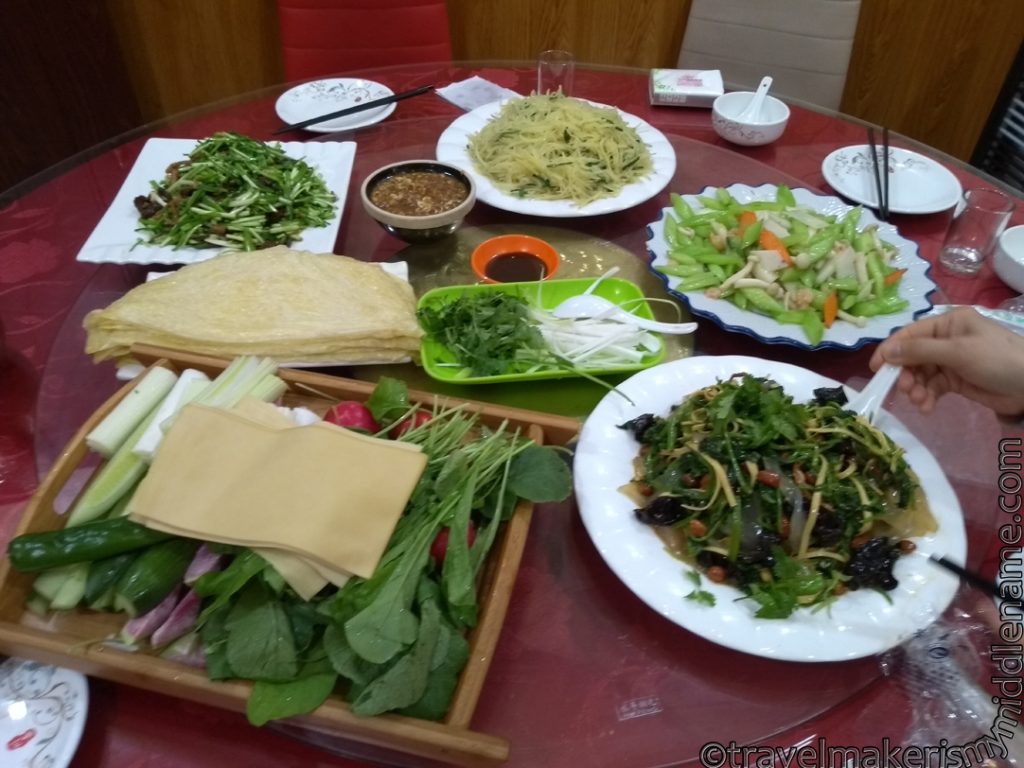
How about a 2.5kg bag of rice as a souvenir?
If you love rice, there is an ‘experience’ shop in the airport that sells Wuchang rice, where you can taste test their cooked Wuchang rice. Wuchang rice is unique to the local area and not produced anywhere else in the world and is the most delicious rice in the world in my humble opinon. That rice was so delicious, I think rice lovers would agree with me that you can just eat it by itself and it would be a waste to eat it with normal food as part of an ordinary meal. The annual production amount is limited because it is only produced in it’s namesake town and no where else, so quite expensive, at ¥98 for 2.5kg.
Try the local and street food
Real street food sold on the streets can be found anywhere. By ‘anywhere’ I mean they don’t always have a set location and can move around. You might not want it when you see it, then by the time you want it, you can’t find it. But most likely they’ll be found at the main tourist attractions. Some of the street food include Bing Tang Hu Lu or toffee coated fruits, traditionally hawthorn. There are other fruits too and varies by vendor. You might also see roasted hot sweet potatoes and other hot food.
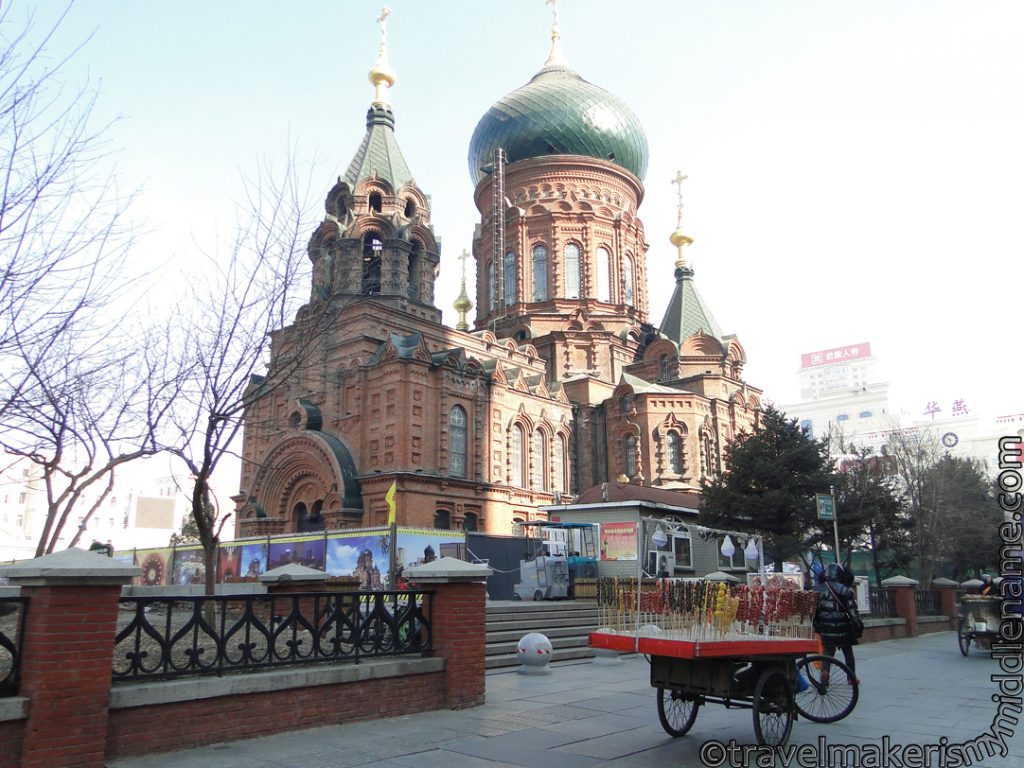
OTHER THINGS TO DO IN HARBIN
1. Zhong Yang Da Jie (Central Street)
This is a destination that you can visit any time of the year so even if you come outside of the peak winter festival time, this place would still pretty much be the same, except for the winter ice cream eating experience. Central Street is a car-free pedestrian street and one of the main attractions in Harbin, so take a few hours to visit there. If you aren’t a fan of shopping, 2 hours would be enough for you to stroll from one end and back.
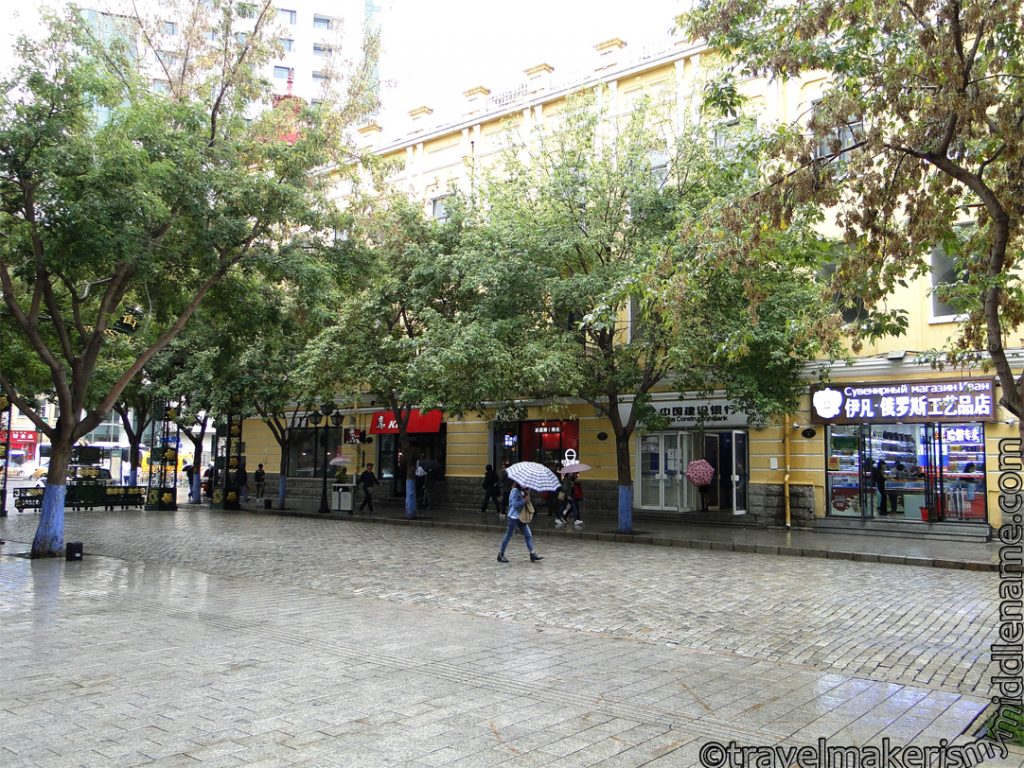
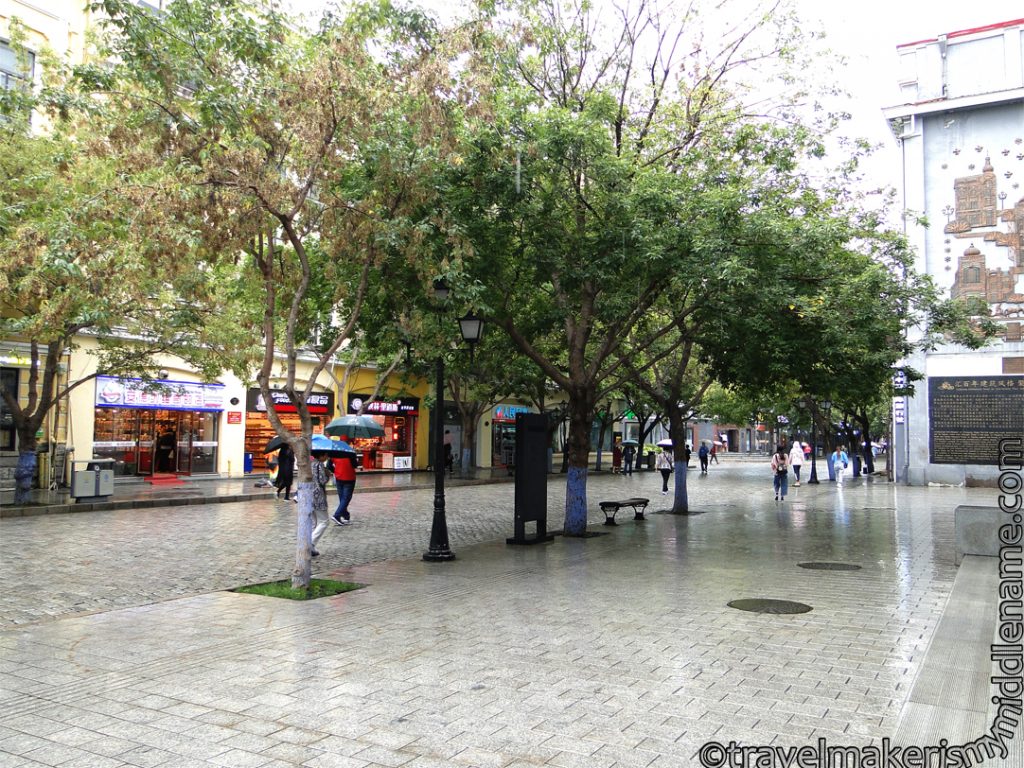
Visitors to Central Street can go strolling and window shopping, and admire the Russian style buildings and structures in a Chinese city. All along Central Street are shops selling Russian jewelry, ceramics, decorations and traditional local winter hats. Russian music can often be heard. During the winter, there are some small ice sculptures here. Other shops sell local food, Russian food, and also Russian style restaurants. If you have time or want to explore more, you can explore some of streets that branch off from Central street on either side or go inside the shopping center here.
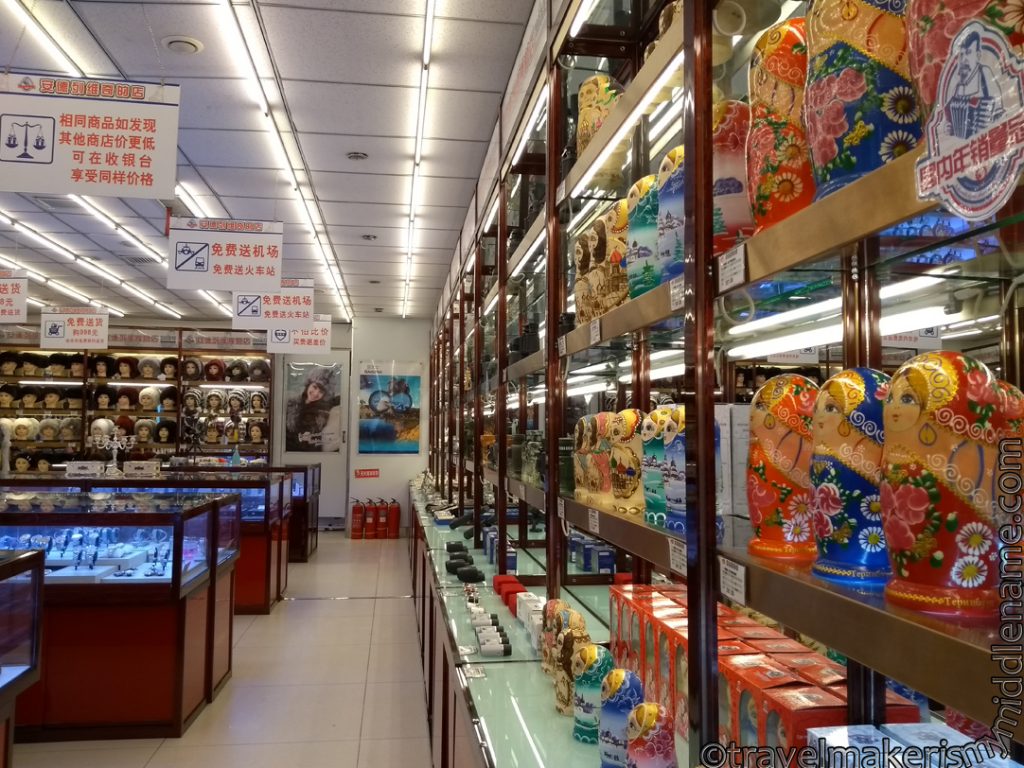
Flood Control Monument/Stalin Park
The Flood Control Monument is at the opposite end of Central Street’s main entry (marked by the green metal archway that everyone takes photos at) and is in Stalin Park. There isn’t much to see there, there is a fountain that sprays water hourly. It is really an open square. In the winter there is a small frozen amusement park on the frozen river.
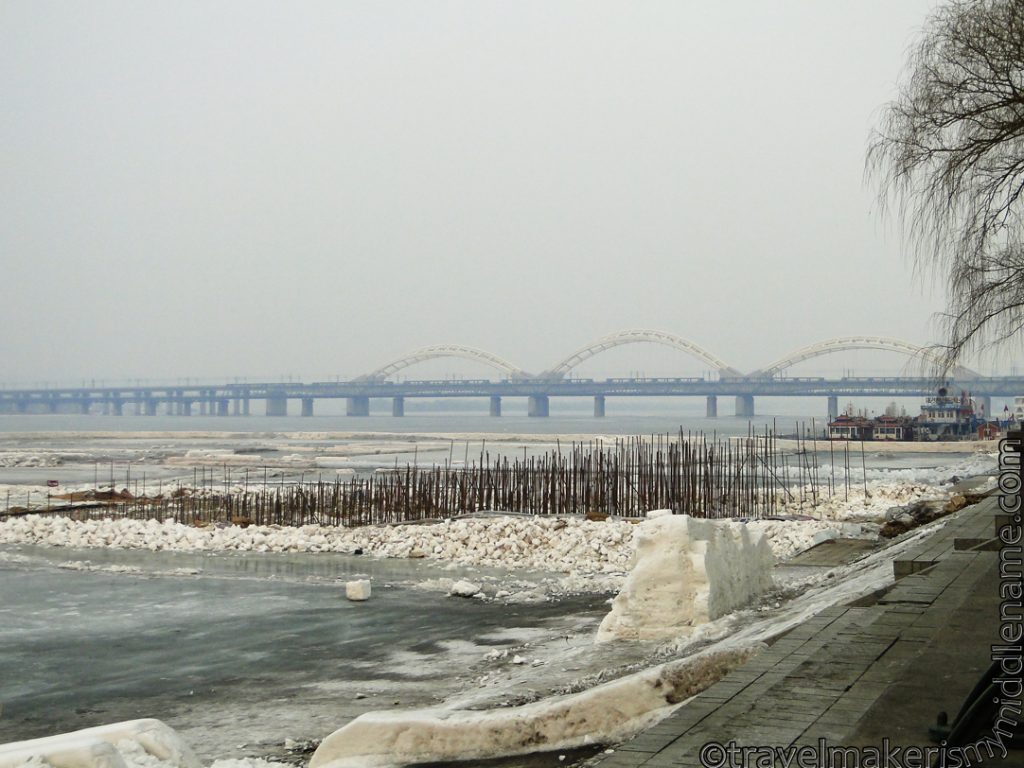
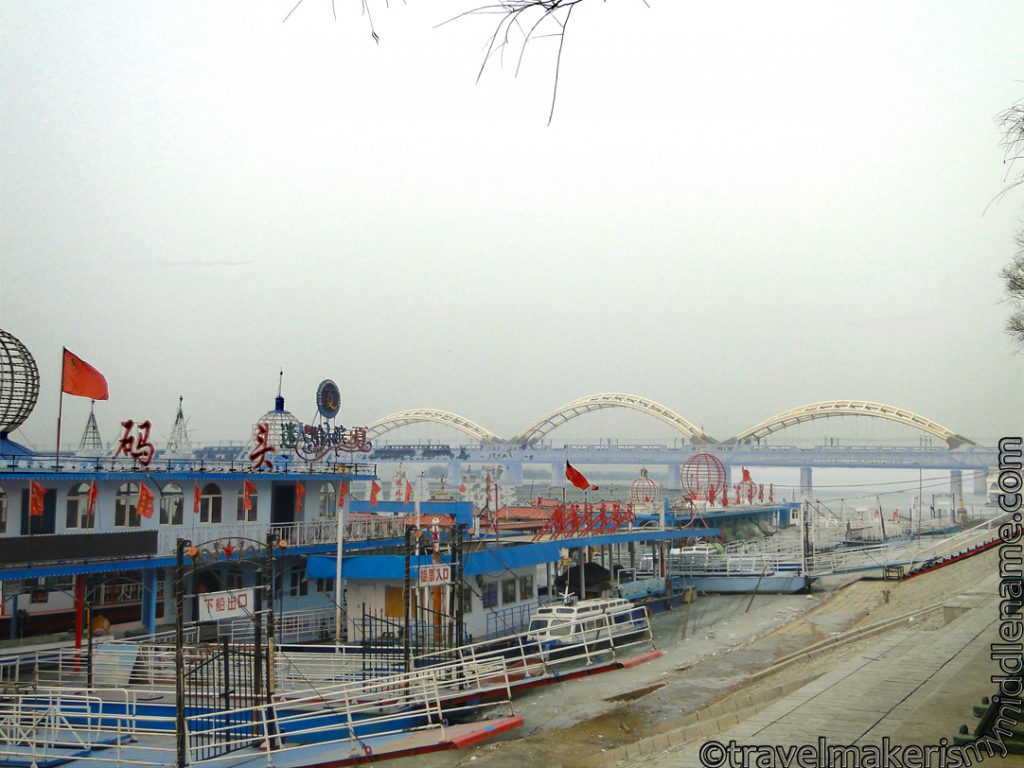
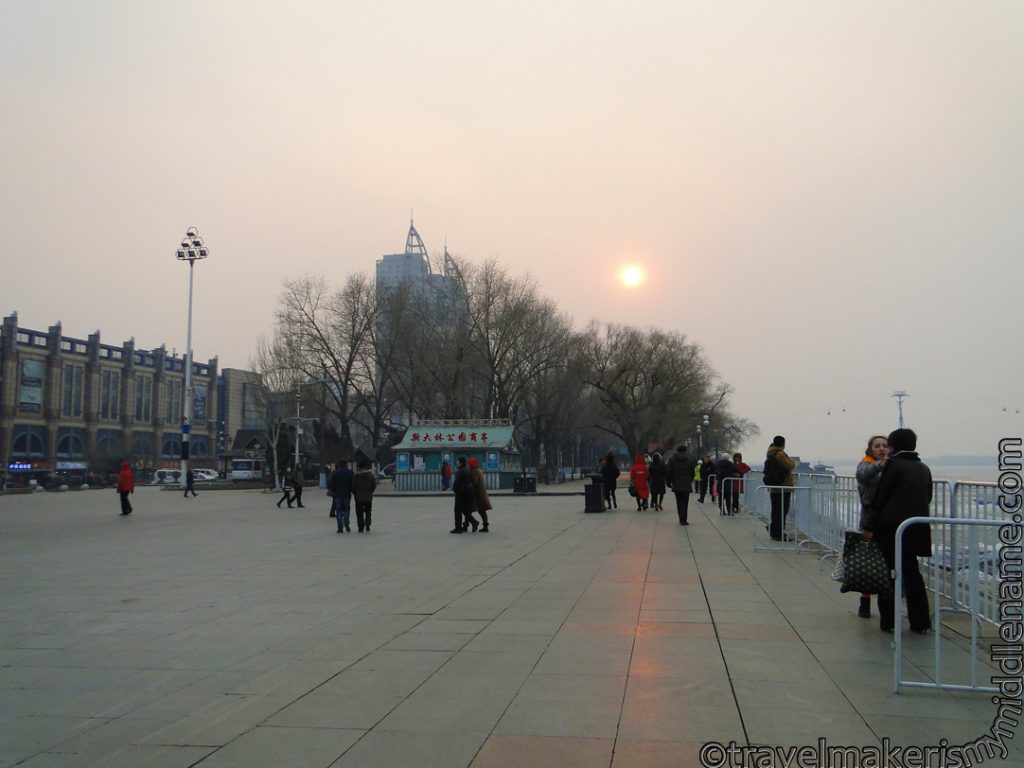
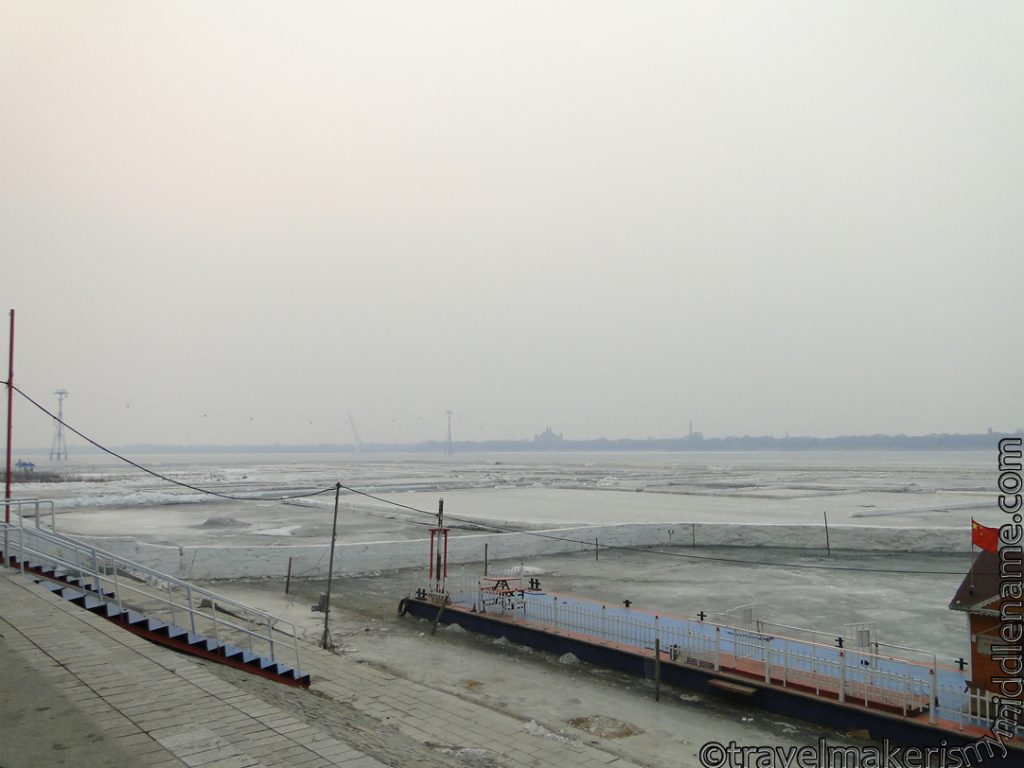
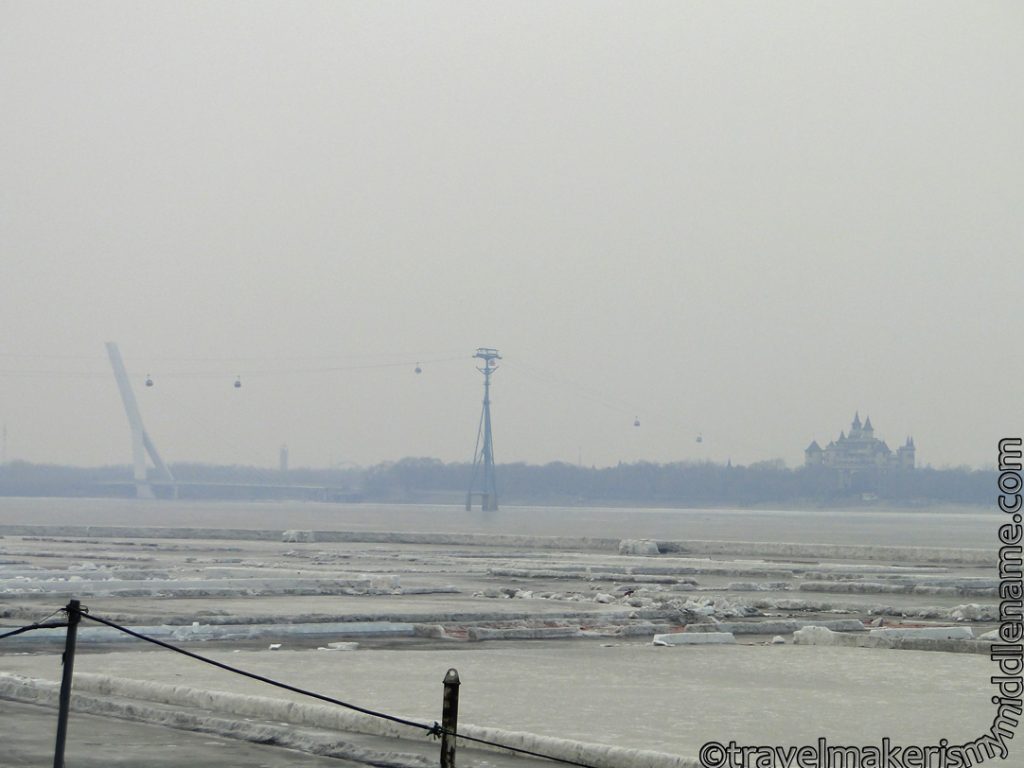
St Sophia Cathedral
Harbin is near Russia and thus has Russian influences. While not as fancy as cathedrals in Europe, this Russian style cathedral is modeled on the Saint Basil’s cathedral in Moscow an is not far from Central Street by foot and worth a visit if you are nearby. I can’t and don’t like walking far, so if I can do it, so can you. At the time of my visit, it was closed for renovations so I’ll have to visit the inside another time.
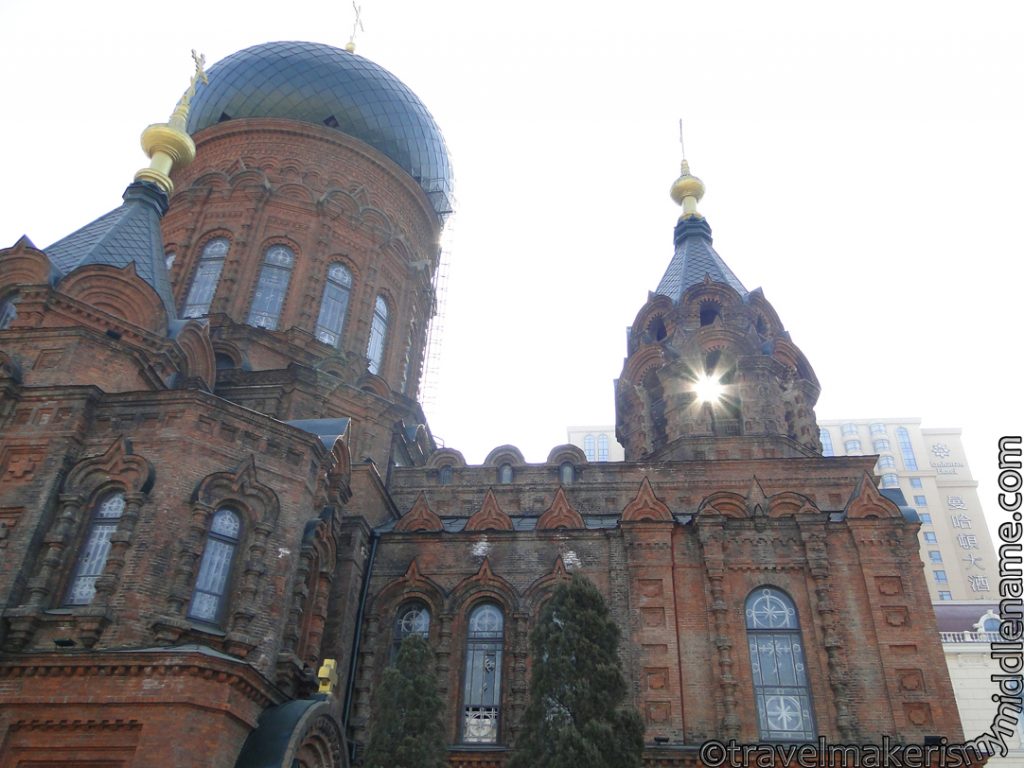
Wood Carving museum
I had a leisurely itinerary and so I had some extra time, so I went to the Wood Carving museum (opens link to video). Apparently it is free for passport holders, I didn’t pay anything to go in, I went with a local guide.
TIP: Registered travel guides get free entry to all attractions, in case you are planning on getting a local guide. The exhibits at the wood carving museum are truly amazing, but they are not historical relics. It is more of a museum to showcase talent and skill, because Harbin doesn’t have much of a cultural history like Beijing does, because the province is an agricultural one consisting mostly of farms and regional towns. However, if you are looking for something low key to do indoors, you can come here.
The ground level exhibits are wood carvings, there are wood carvings on the lower level and paintings too, although I did not find the paintings to be amazing. I did find it annoying that all the lifts and escalators were ‘under construction’, and one particularly dangerous thing was, on the ground floor, one of the exhibits had what looked like small tv screens that were off. I touched it thinking it was touch activated… turns out it wasn’t and it was electrically live and gave me and my guide an electric shock. Not good. So, moral of the story: don’t touch anything that looks like it is under construction.
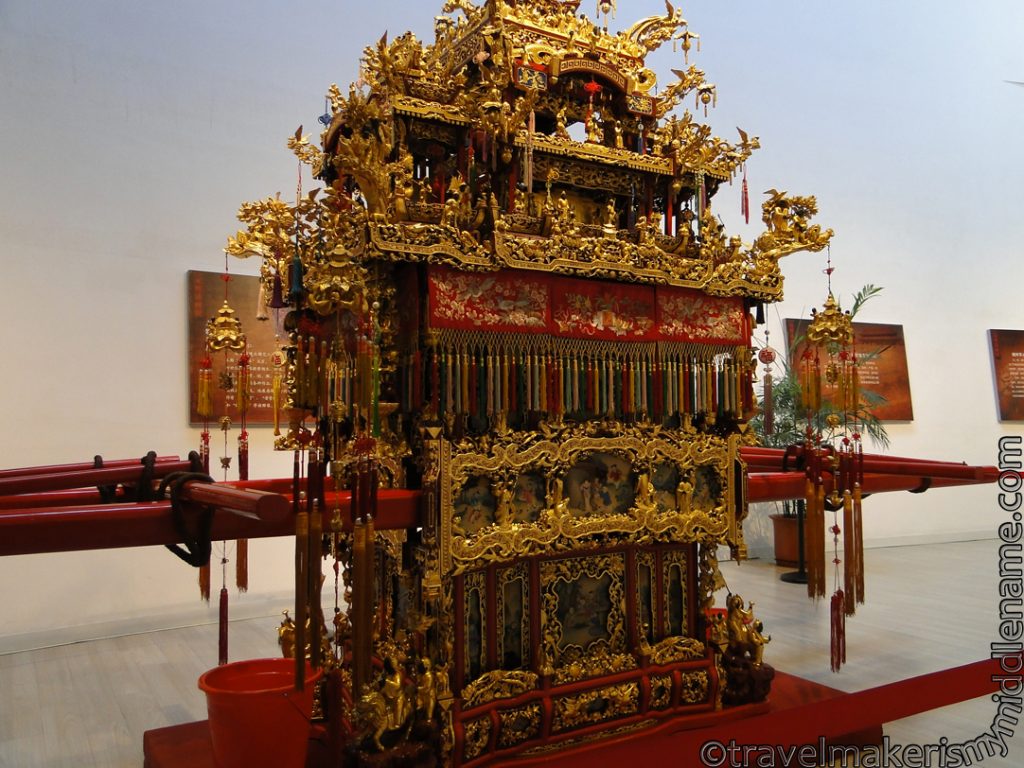
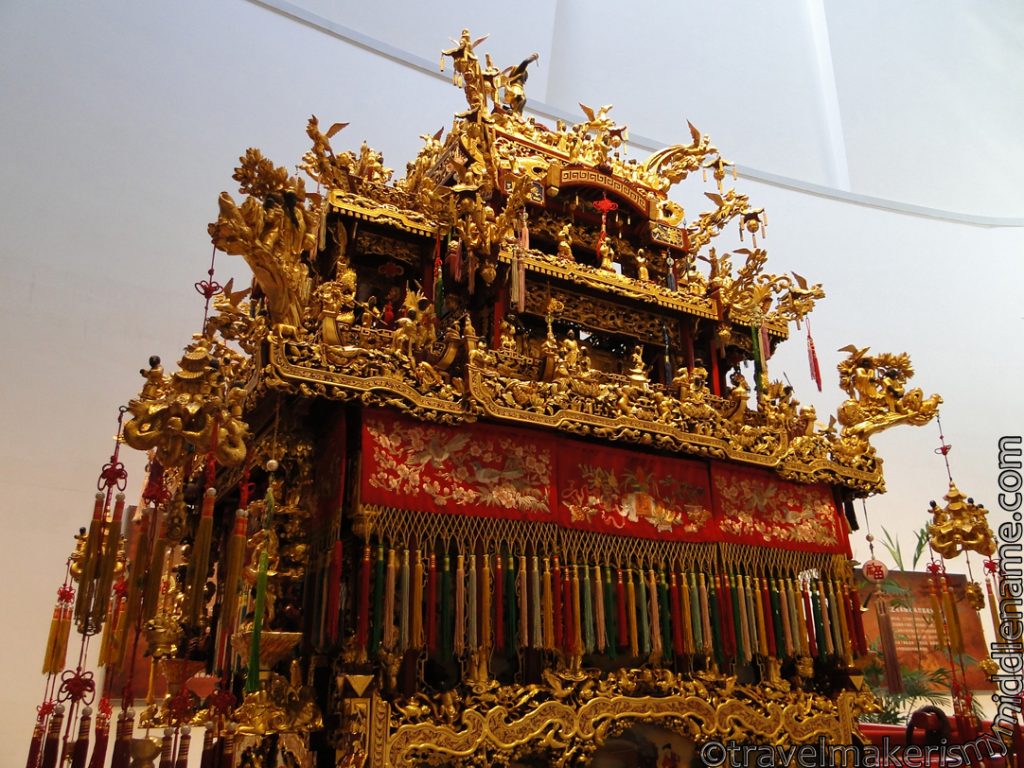
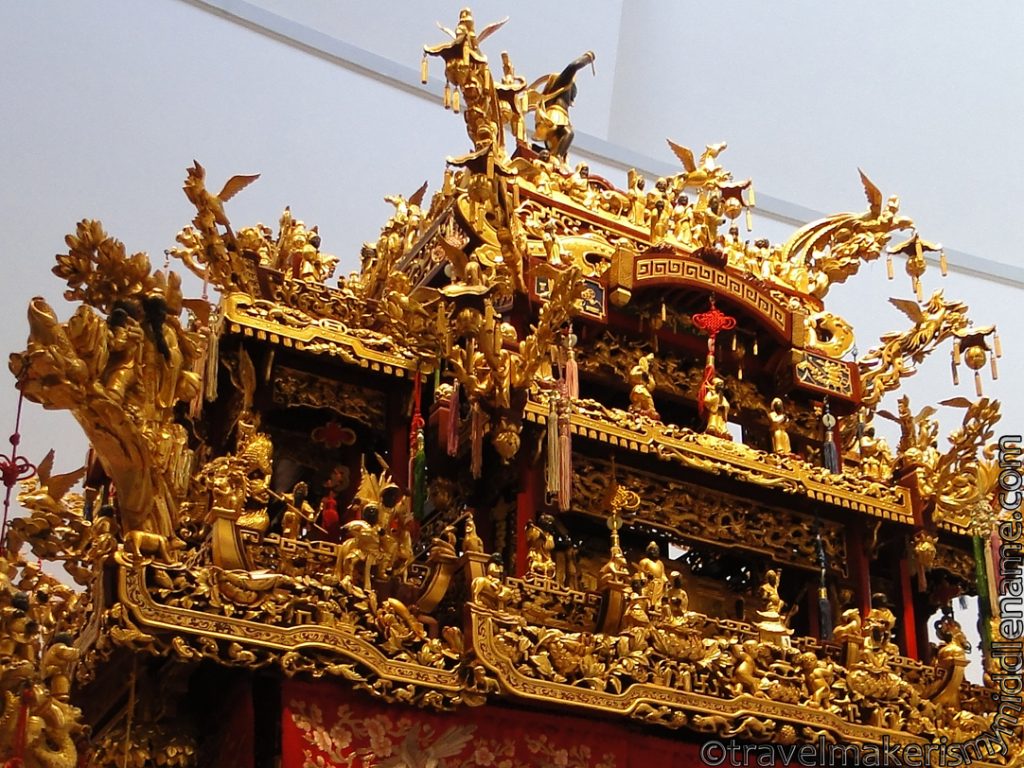
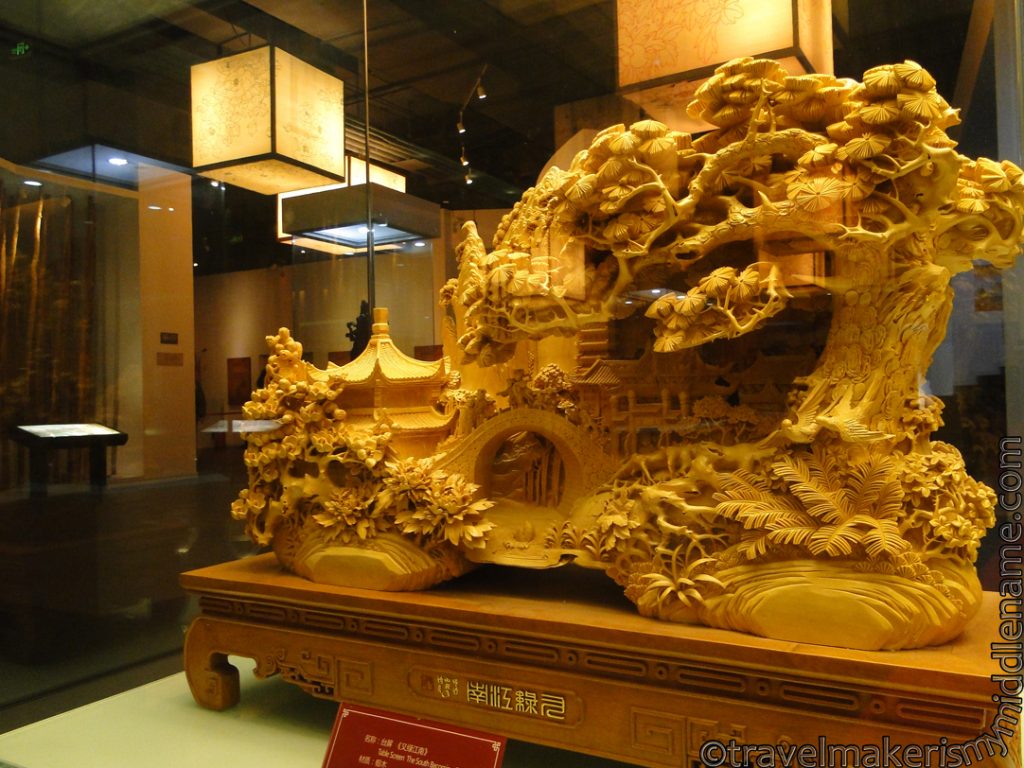

Laodaowai
Laodaowai has few and mixed reviews on Tripadvsior. I will clear up a few things here.
First, Harbin is not a historical/cultural place like Suzhou or Beijing is. Heilongjiang was and still is an agricultural province. Harbin was the gateway between Russia and China. For Harbin, 100 years is history. Because of how close Harbin is to Russia, many Russians came to live there at one point, and China was friends with Russia. Stalin Park is named after Joseph Stalin, and you can find lots of Russian confectionery in shops on Central Street, and things with Stalin and Putin’s face on it.

More to the point, the Russians built the old railway connecting China and Russia and was the first railway there. There is a new(er) while railway track/bridge with the 3 white archs that crosses the Song Bei River, see the photos above, and the old one, in green and straight without arches in front, see photos above, is kept as an attraction.
Which brings me to Laodaowai. The ‘Dao’ in Lao Dao Wai means “railway” and Lao means ‘old’, and “wai” means ‘outside’. So “Lao Dao Wai” means the area outside of the old railway. This area was where local Chinese people were forced to be restricted to staying in, while the then wealthy Russian migrants stayed within the area of the railway, where transport and thus resources and daily life, was more convenient and therefore people were more prosperous. That means Laodaowai is really just some alley ways where the local poorer people used to live, and therefore is nothing aesthetically “fancy” but is fascinating to know about.
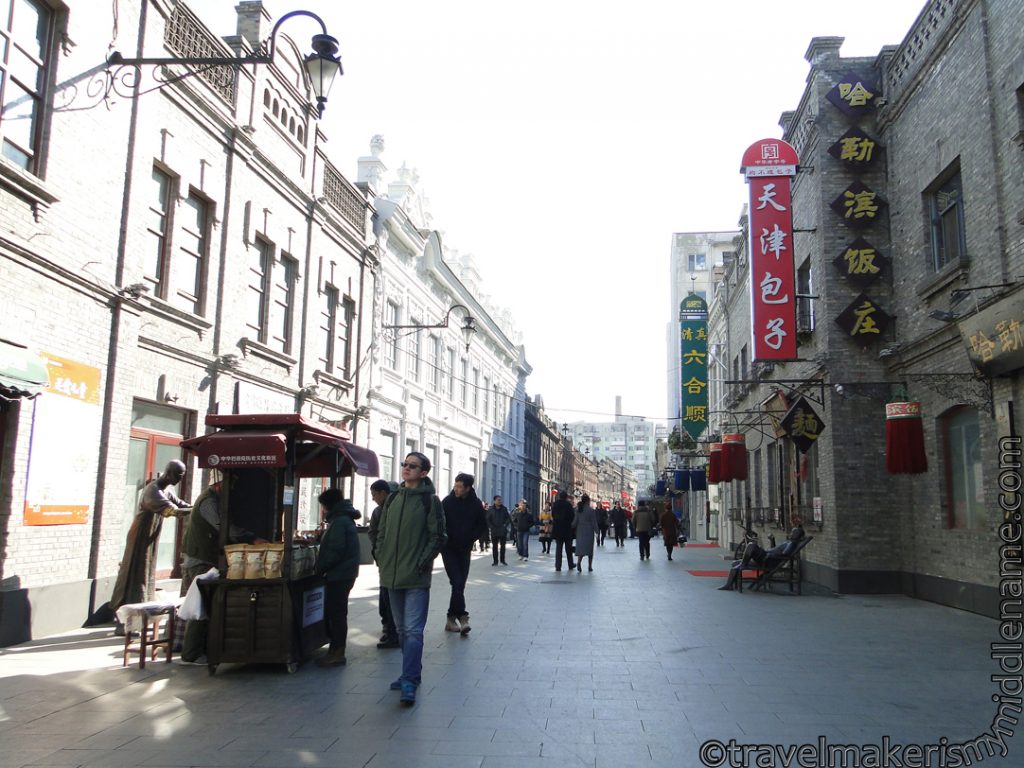
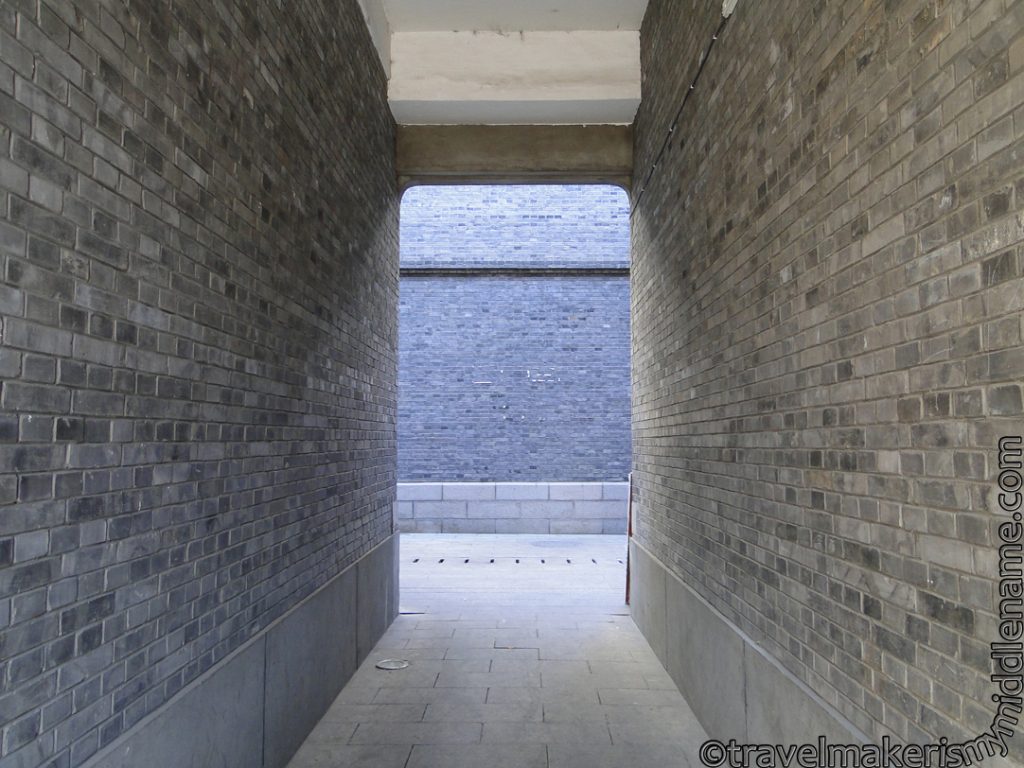
The area is not that historically old, so the buildings aren’t historic relics or ancient Chinese architectural styles. On the outside, the buildings look European from the Russian influence, but on the inside past the facade, the layout is a Chinese style courtyard.
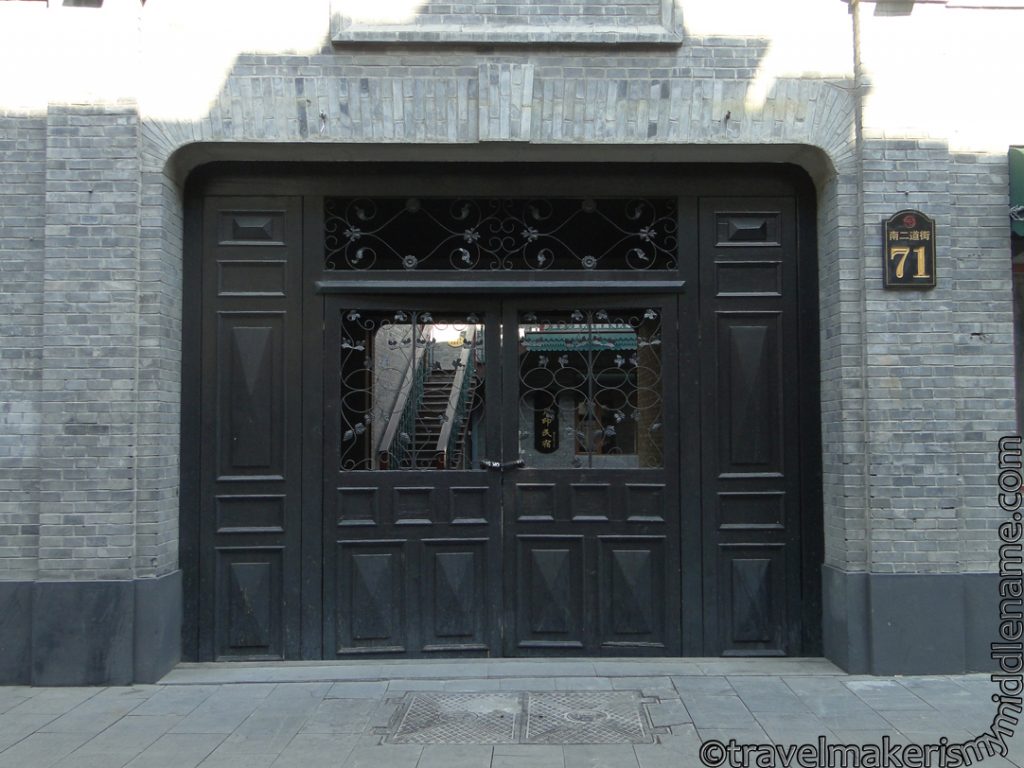
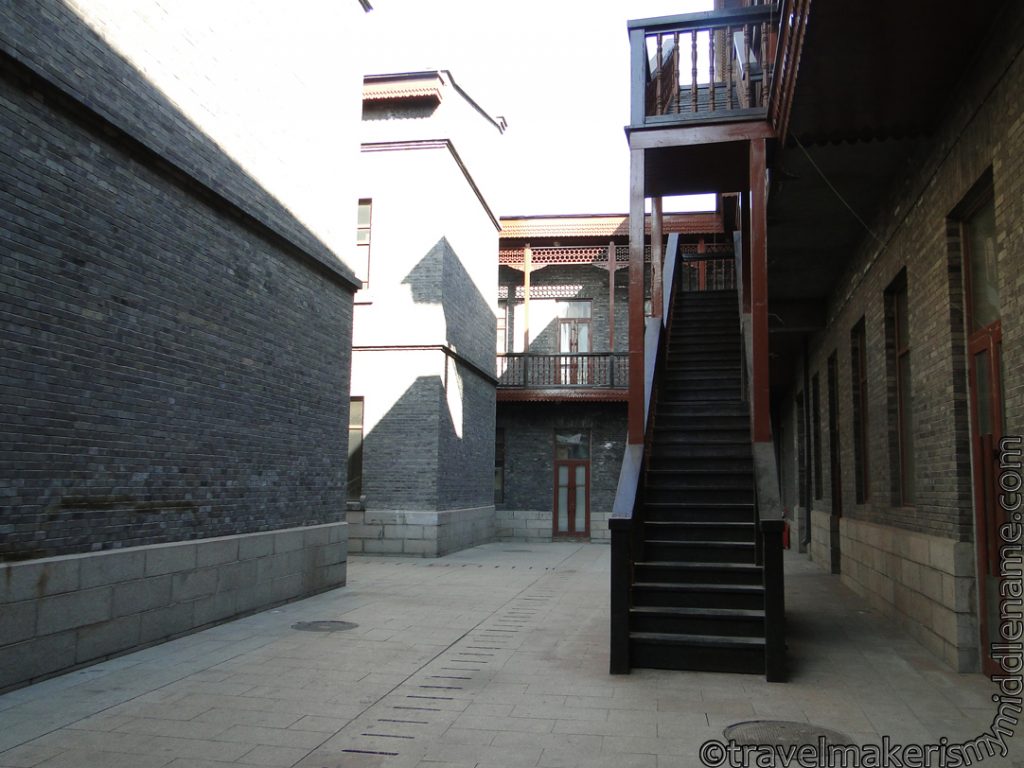
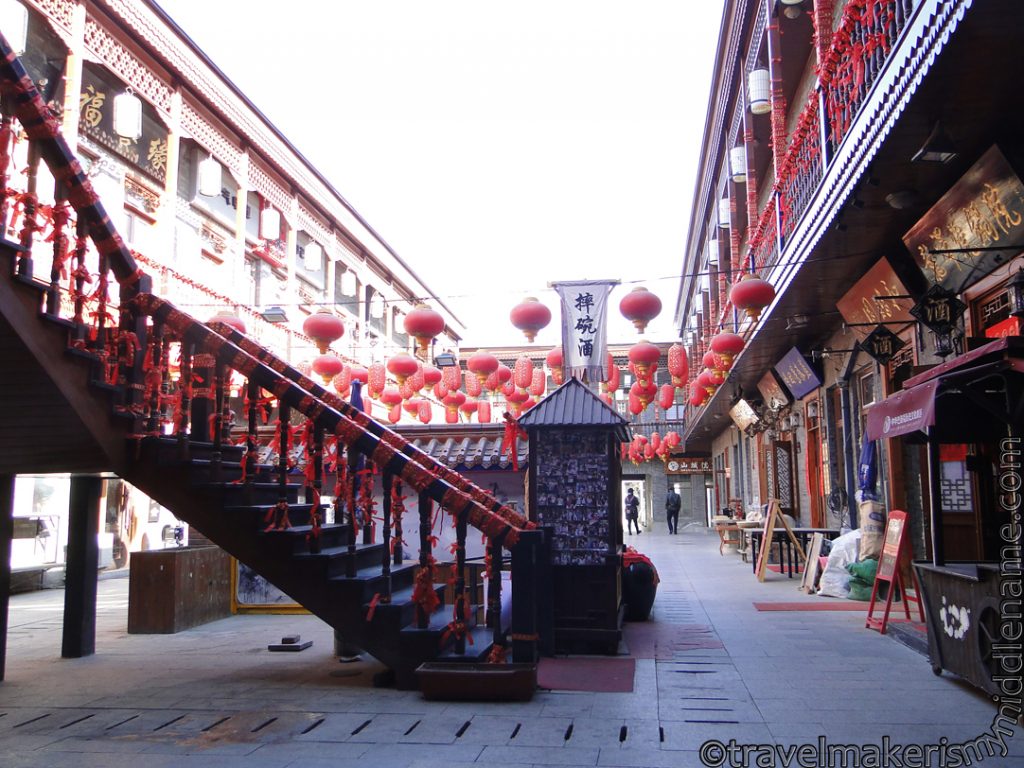
You can see my video of one such court yard here. The individual rooms are now small shops, and luckily, are not (or were not when I went) swarming with tourists like in Wuzhen or Suzhou, so you can get a taste of what it was like before.
On the streets, one can still see scenes of old school charm.
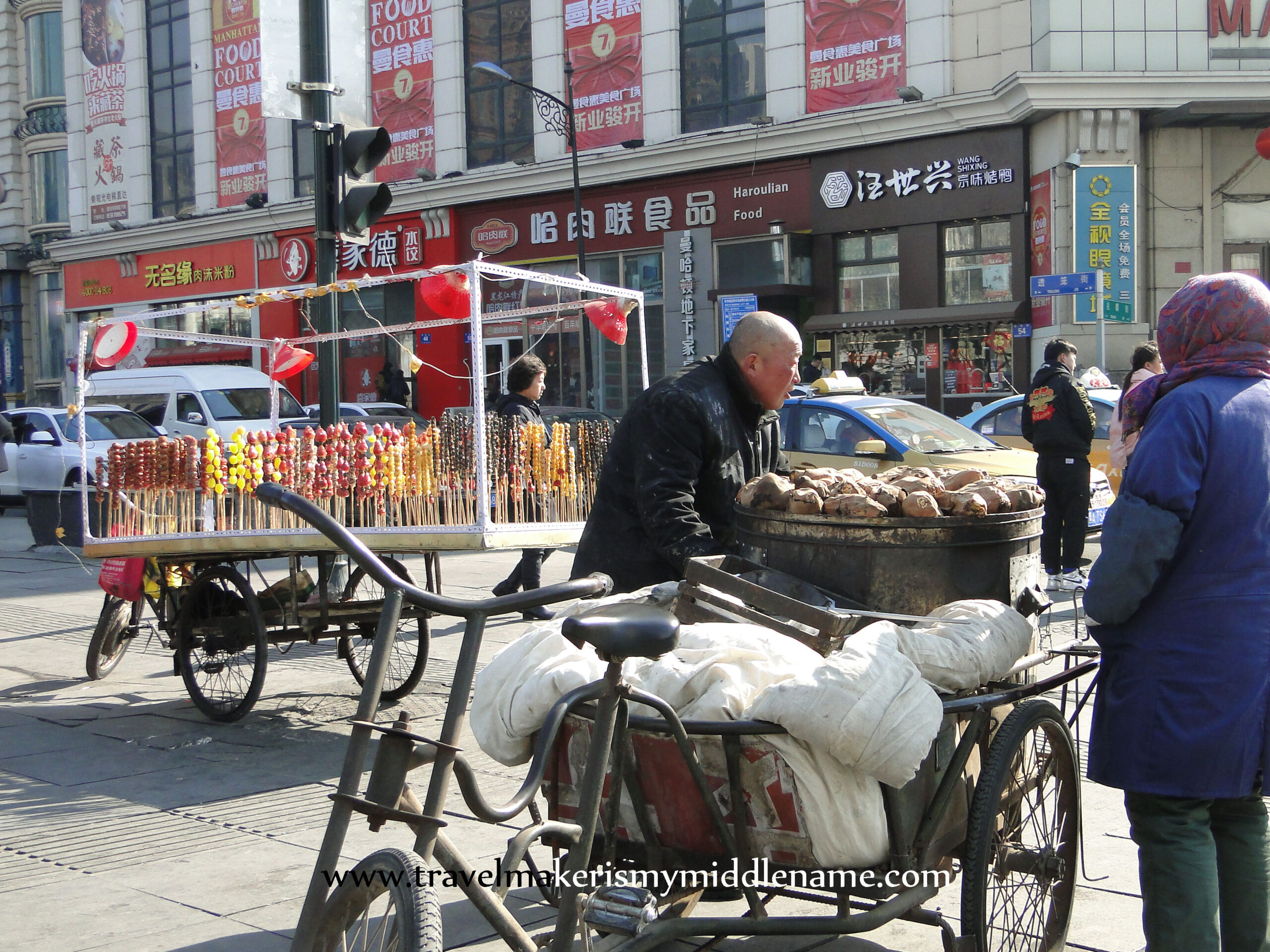
Harbin is also not culturally/historically rich like Beijing is, so you can’t go to Laodaowai with the same expectations for a place like Beijing’s alley ways, it’s not the same kind of thing, age wise. There aren’t much local crafts people or traditional tea houses. There was one tea house that sold tea but that was it. There are some wood carving souvenirs one can buy there, in the form of key chains.
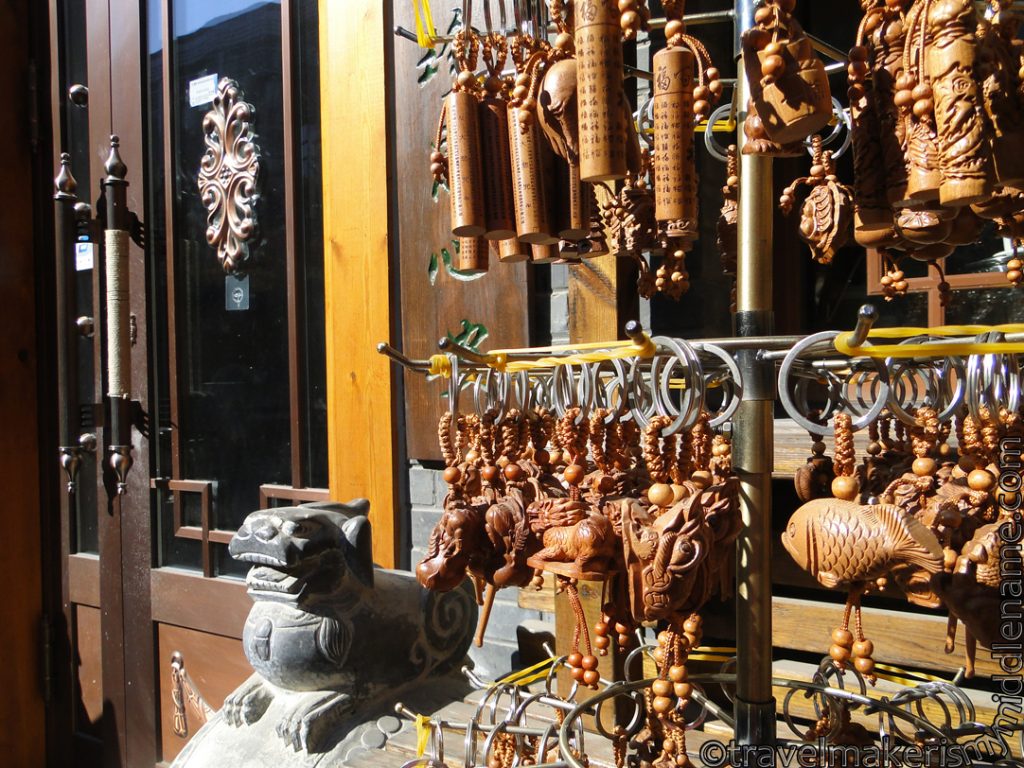
When I went during the last week of February, there weren’t many people there in the alley ways at all so at no point did I feel I was in a touristy place, and I liked that.
There were plenty of Chinese restaurants there, and there was also a person selling toffee sugar art. It gets so cold in Harbin, even the outdoor souvenirs cart is sealed with the person sitting inside and the windows can be closed.
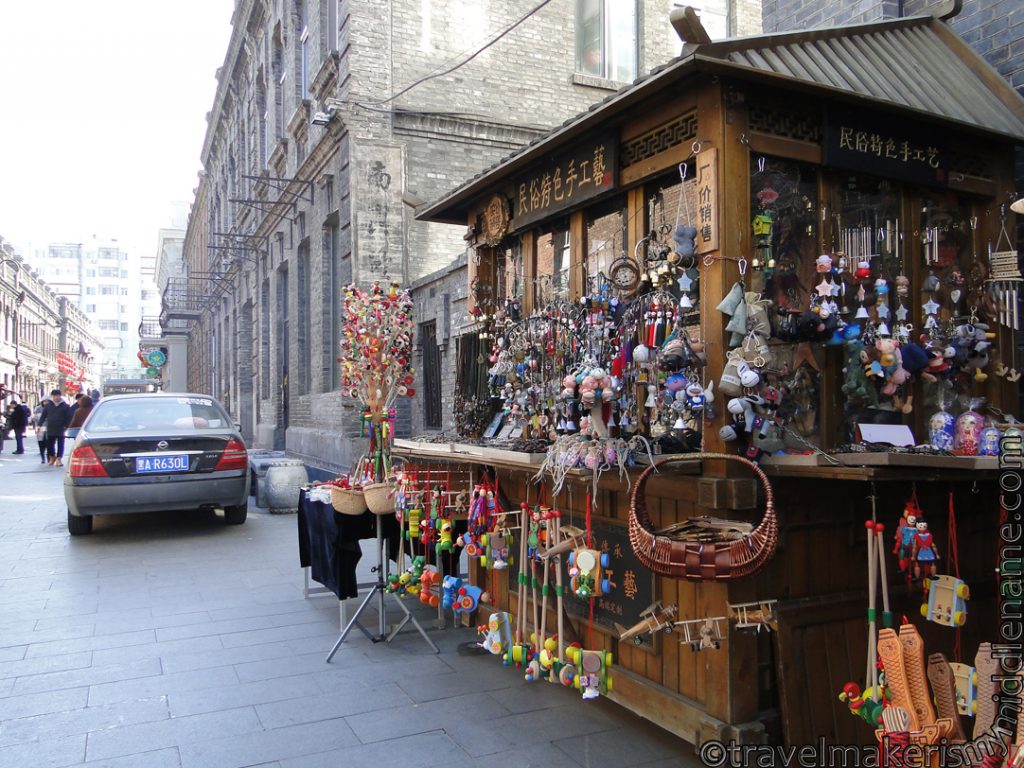
There are also an assortment of statues along the street that depict local people.

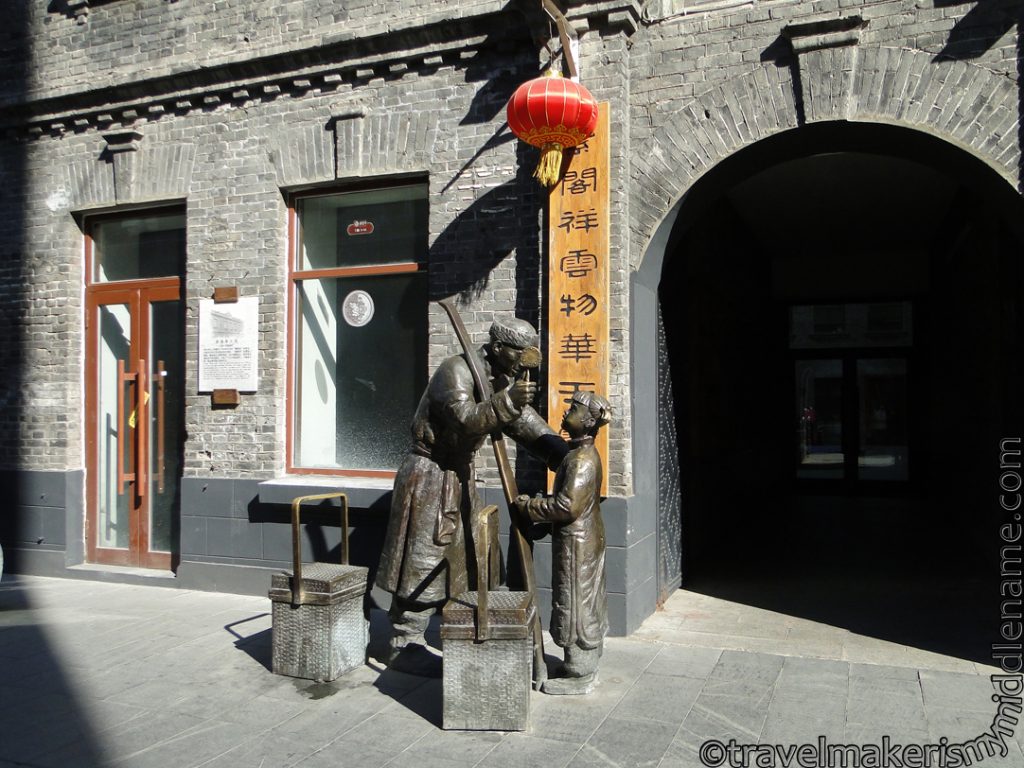
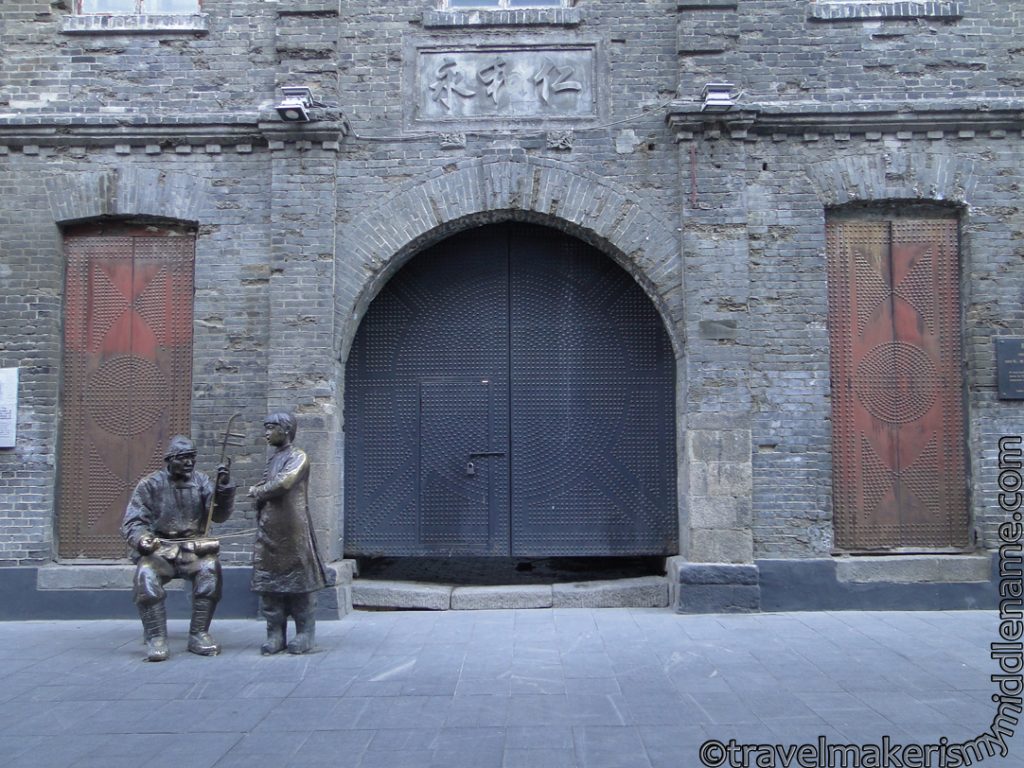
You can get there by taxi/car. The roads around it are accessible by car. Otherwise, there is an underground carpark.
To eat
There is a steamed stuffed buns restaurant there called Zhang Bao Zi Pu that is supposedly quite famous but I personally do not like steamed buns. It was set up in 1902 when someone called Zhang came to that area from another part of China and set up a baozi (steamed stuffed buns) shop. You need a ticket to line up to get your order taken. This is common for large and/or popular restaurants in China.
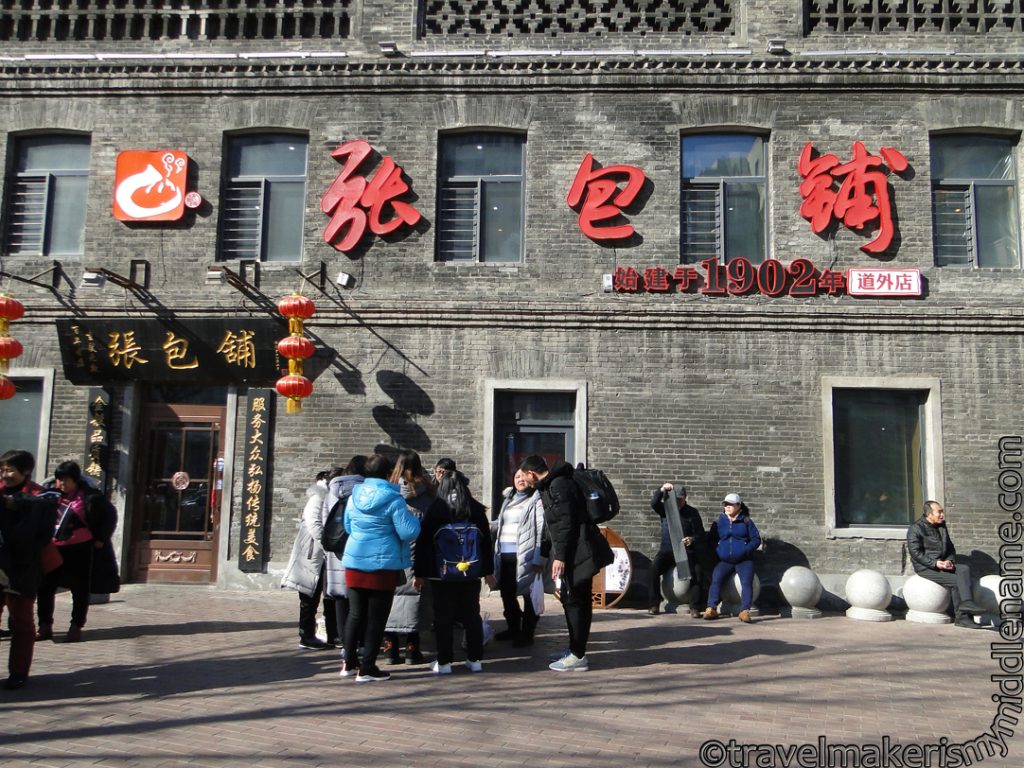
If the only steamed buns you are familiar with are Xiao Long Bao, these steamed buns of the north have leavened, fluffy dough used as the wrapper and contains meat and/or vegetable fillings..
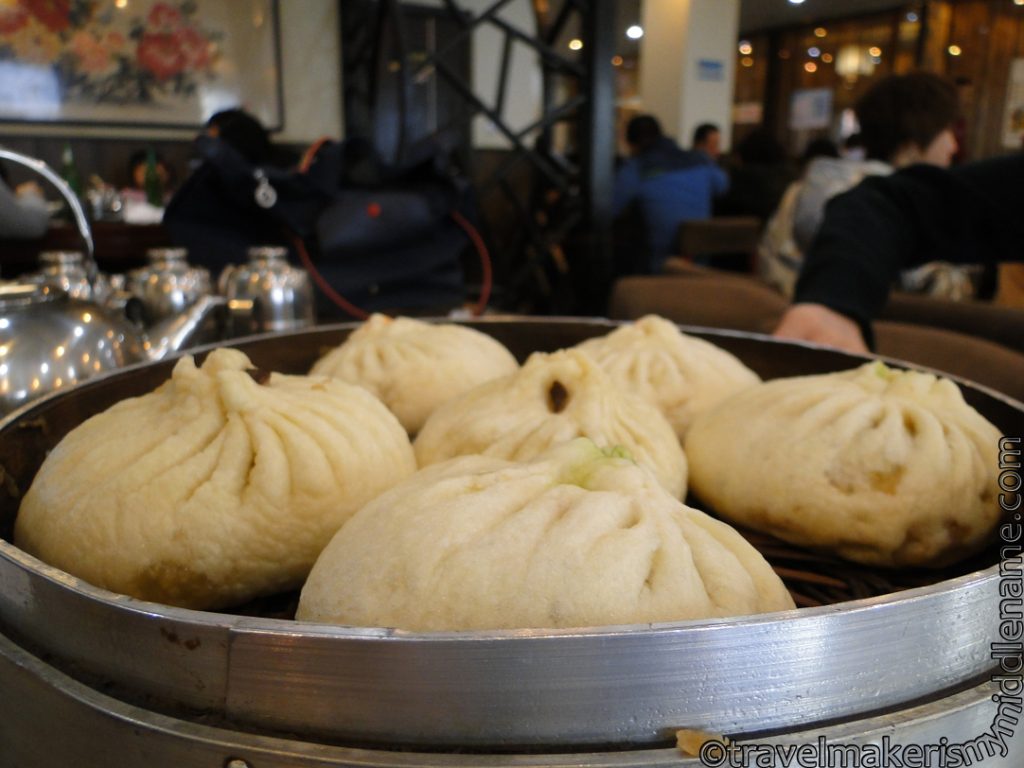
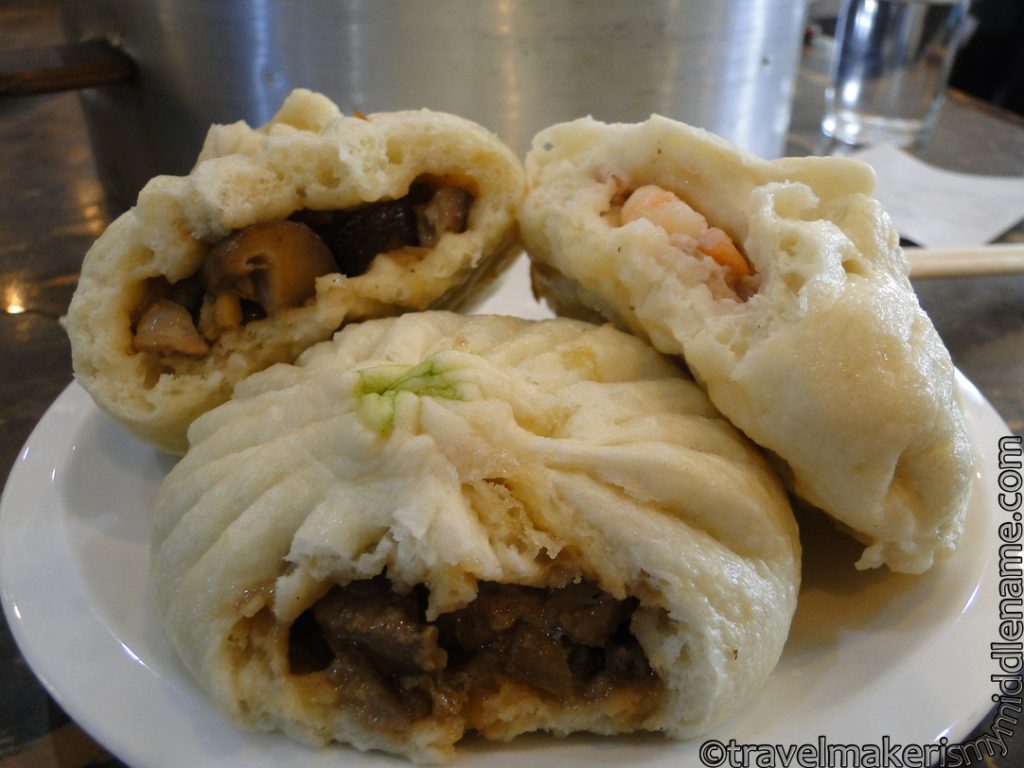
Zhaolin Park AKA Stalin park
Zhaolin Park or Stalin park, is the public esplanade around the Song Bei River, there are outdoor exercise equipments that local people use, and people that go there to stroll. Other than that, there is not much to see.
Zhaolin Park also has some open air ice sculptures but I didn’t go because it was closed due to the unexpected short and warm winter, so I went to the indoors one. Otherwise, this is a place you can go to if you want a cheaper outdoor alternative to the Ice and Snow World, at approximately half the cost of the Ice and Snow World, but there is no need to go to both. However, some might think it is better to pay for the Ice and Snow World because it is much bigger and a different experience.
Harbin Opera House
This engineering marvel and architectural beauty is worth a visit if you have some free time and is burning to look for things to do. I specifically wanted to go see it at night to take night shots, as I don’t have a drone to take the day time photos that you commonly see. I did hear that it isn’t kept very well, and isn’t utilised as much as it could be, so it was quite deserted when I went at night, some places were quite dark, such as the underground carpark/path to go from one side to the other. Bring a flashlight. Also, you can walk on the curved roof where the lighted ridge is.
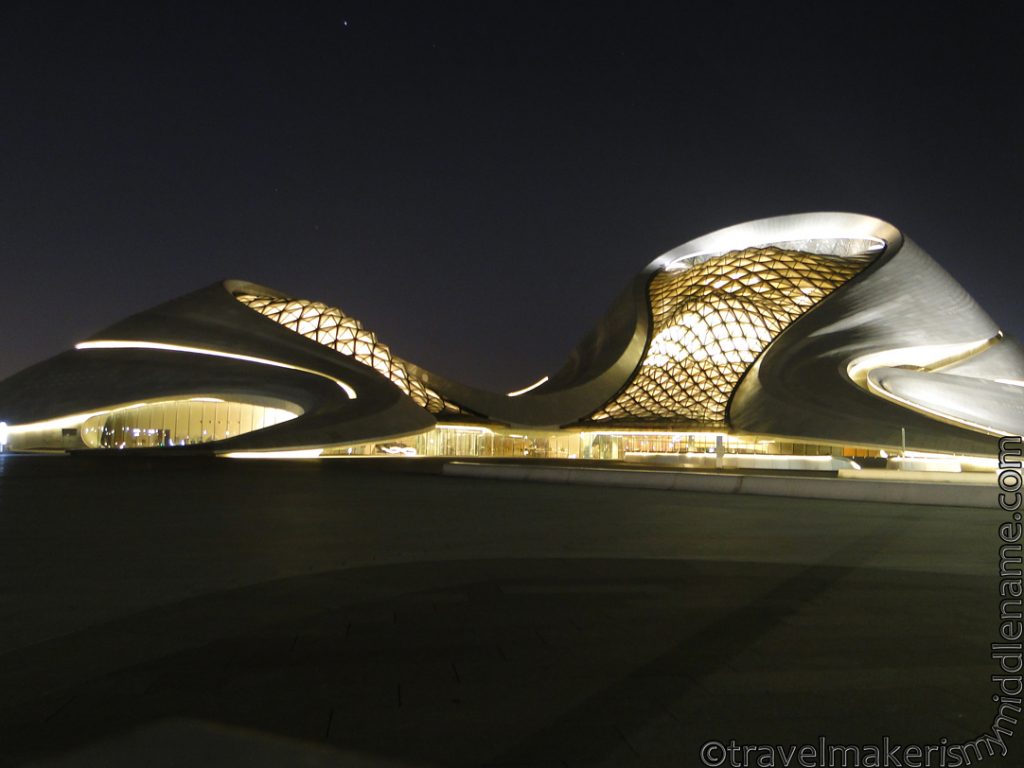
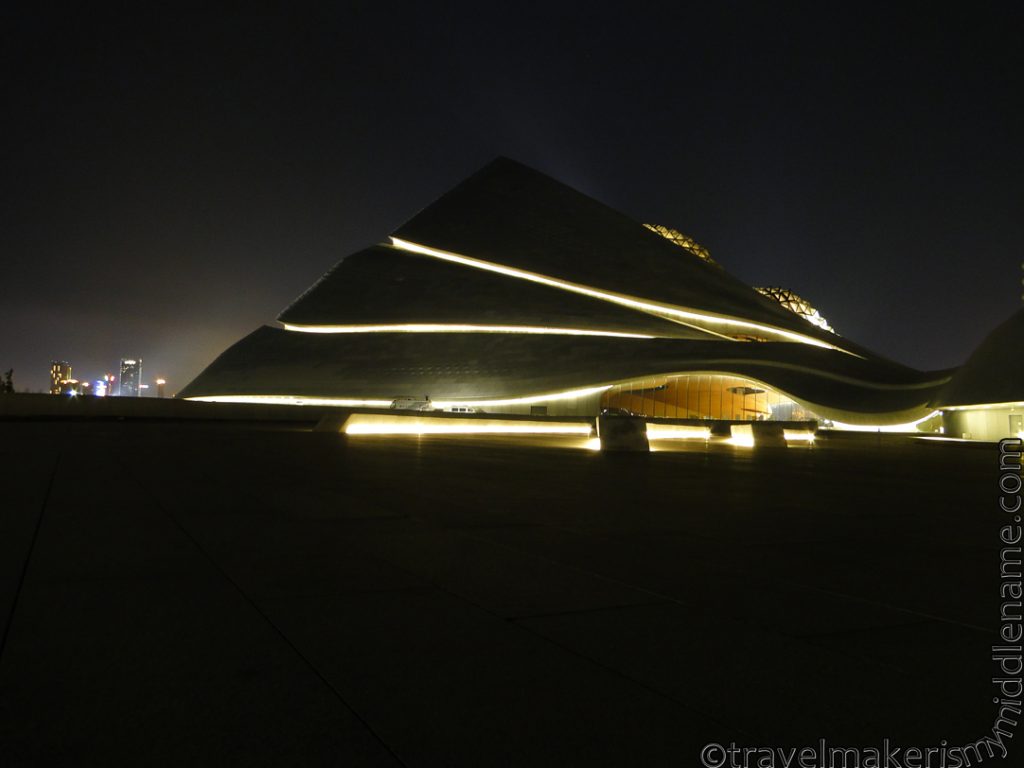
SOME GENERAL TIPS BEFORE YOU LEAVE!
Cameras:
To protect your camera from condensation when taking photos in a cold environment then bringing it into a warm place, it is recommended to put your camera and lens in a sealable/airtight plastic bag while you are outside, before bringing it inside from the cold, so that the air inside the bag can gradually warm up and cause condensation to form outside the bag, instead of on or inside your camera.
However, I found that Harbin in winter was very, very dry and there was no condensation at all, in cars with heaters or on my camera, so even though I used the bag method at first, I stopped later as it is quite a hassle.
What I DO suggest is you bring spare or stronger batteries depending on what type you already have. I bought a new stronger battery and it did fine, the only problem was the cold. On my day, I stayed out at night longer at the Sun Island snow sculpture park. The cold caused my metal camera lens to stay stuck outside the camera body, it would not retract and therefore I could not use the camera afterwards for the rest of the night, despite me going inside a cafe to warm up. It did not work – mind you the cafe wasn’t very warm inside and we stayed for about an hour to wait for the coloured laser light show. I had to use my phone for the rest of the night, hence the poorer quality. The camera lens returned to normal after I went back to my hotel, but I did not notice how long it took, as I had forgotten about it and went to get dinner.
BAGGAGE TIP
I had a connecting international flight, so my flight was Harbin to Beijing, then my flight out of China was in Beijing. Your international carry on is 7kg but Chinese domestic flight carry on limit is only 5kg (but do check with your airline anyway), don’t forget any bags you are already carrying if you buy anything in the airport.
Packing
To save space, fold not roll your fluffy and thick winter clothes (jackets and pants) and put them in a plastic sealable airtight bag, then squeeze the air out before sealing.
What else to bring
I had no problems with drinking bottled water (kept in my day bag) during the day when it was around -7°C outside. It was like drinking cold water from the fridge. Any colder and you’d probably need an insulated flask. Chinese people is obsessed with hot water, so the airport and train stations have hot water dispensers. You’ll need a heat proof container, a mug, or insulated flask to get it. If you bring your own cup instant noodles, you can even eat that while waiting for a late train or something.
Because Harbin is so dry in winter, I suggest you bring moisturiser and maybe even lip balm. I brought normal face cream and after just 2 days I really needed a thicker moisturiser.
Buying winter shoes
You can buy winter shoes locally and cheaply for around ¥100. I got a nice, comfy, thick waterproof pair of snow shoes for only ¥180 at a winter clothes shop. There is no need to buy expensive ones in a shopping center. Any local winter goods store will do. The attractions such as at Sun Island, actually have stands inside the gate that sells a good range of the snow shoes and toboggans, and the prices are relatively similar if less choice in colour. The price is cheap but so is the quality, but not that they are flimsy, rather, not designed to last more than one winter. The local guide explained that local people all buy their shoes from such stores and no one will make a super expensive snow shoe for many reasons. It is impossible to make a shoe that will last many winters and be warm year after year. During the coldest time, no matter what shoes you wear, your feet will still be cold. People don’t stay outdoors long during such time anyway so there is no need to buy or even make a shoe like that. So instead, the local cheap ones are used for only a few months. As the insulation gets compacted and less warm, it can still be used when it is still cold but not as cold. I have not tried expensive shoes one can buy in Sydney – I did buy an insulated pair rated for -32°C before leaving Sydney, however, returned it and decided to get local ones when a friend who bought the exact same pair and went to the exact same place right before I left, said they didn’t work.
I took the same pair to Germany in winter where it snowed and it kept me warm and waterproof, while a locally bought pair by a friend, did not.
If anyone has some feedback on insulated snow boots, do leave a comment below.
Questions? Comments? Leave them below!


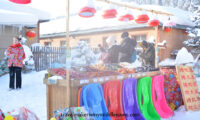
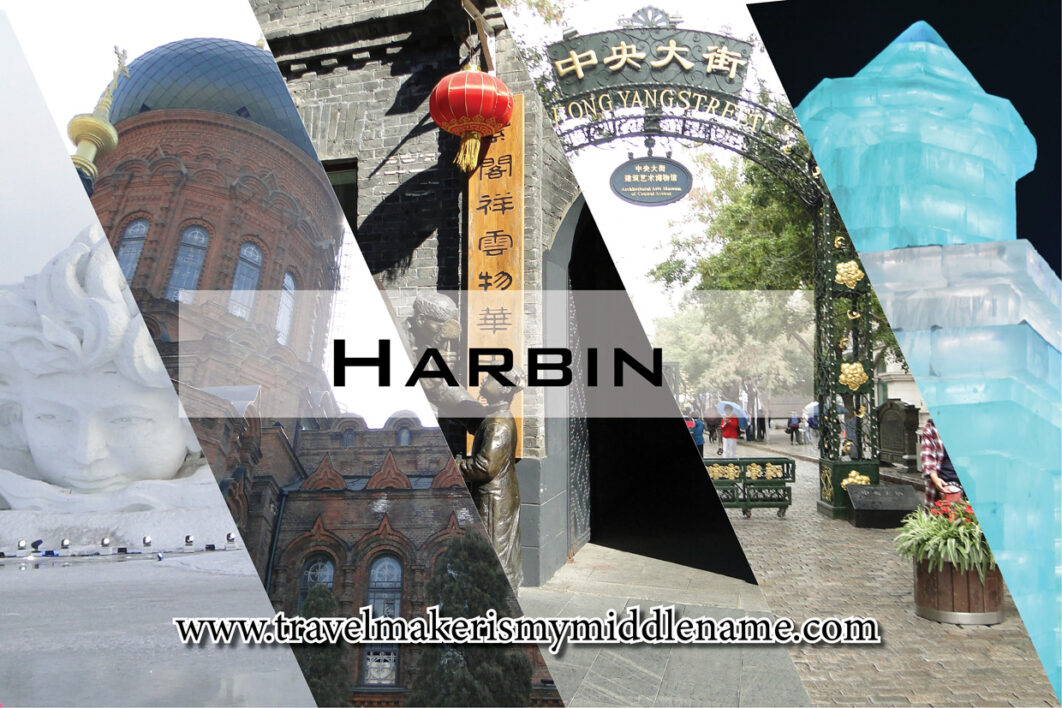
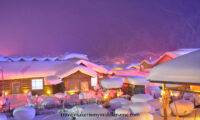
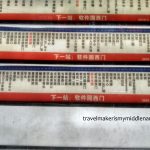
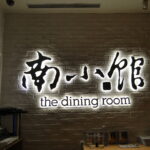
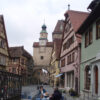

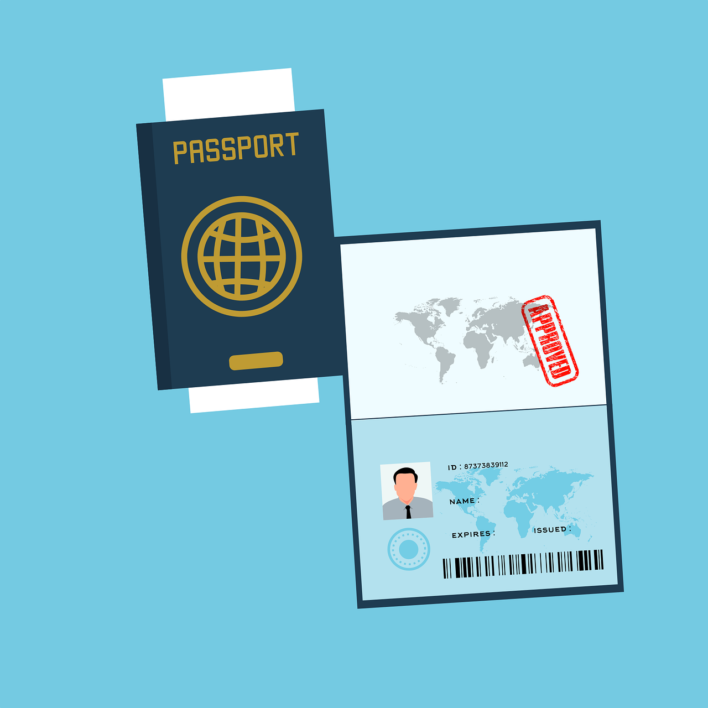
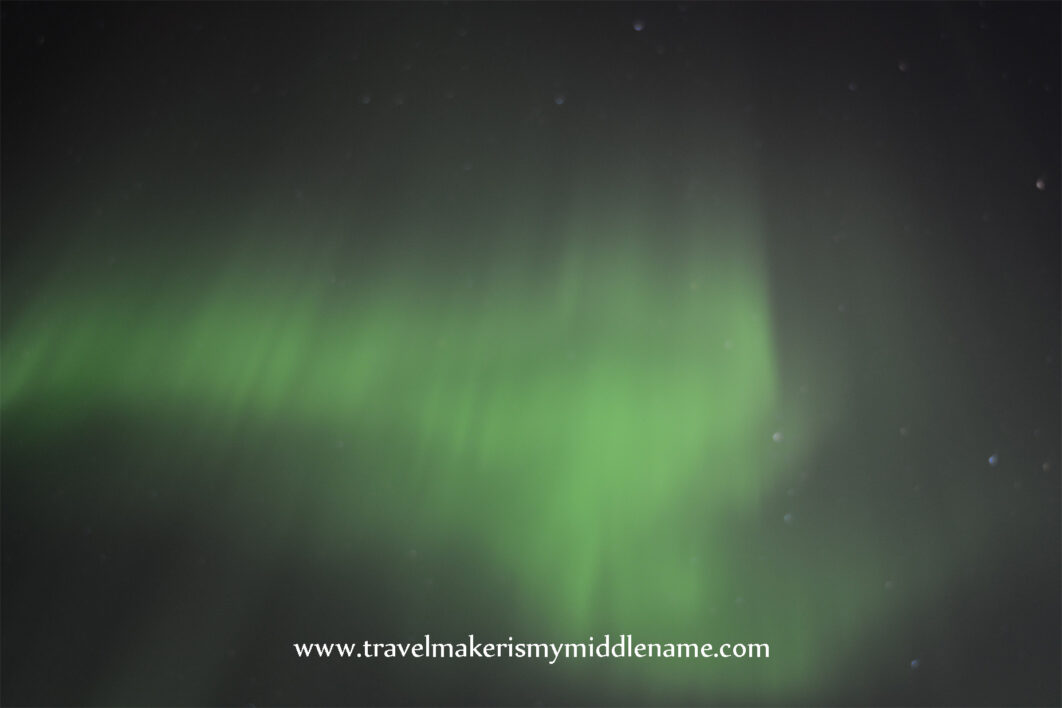

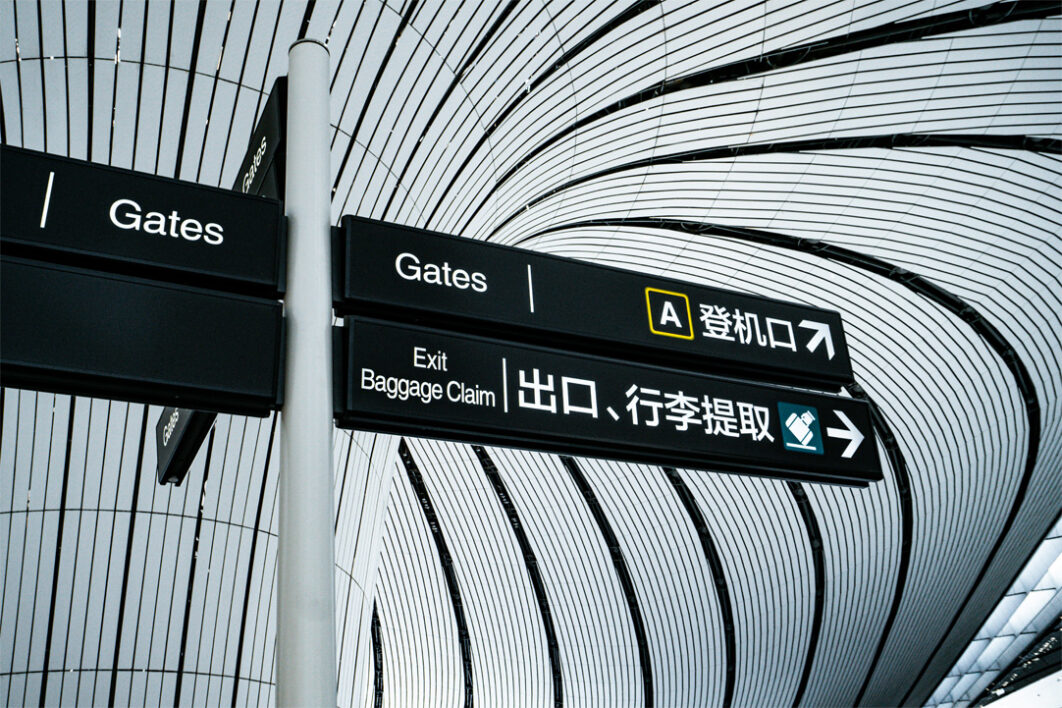
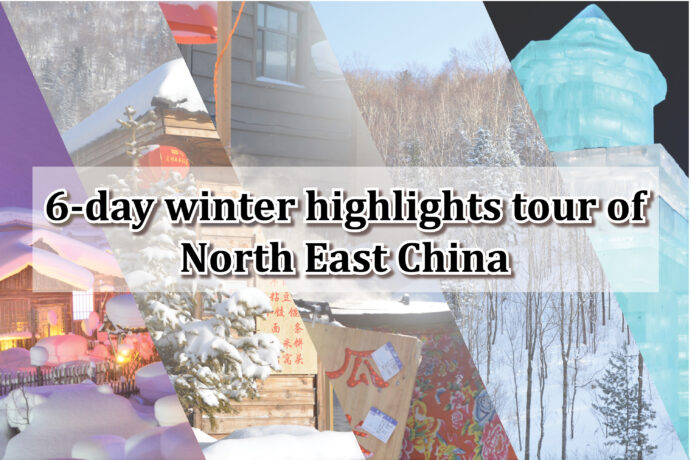
Best View i have ever seen !